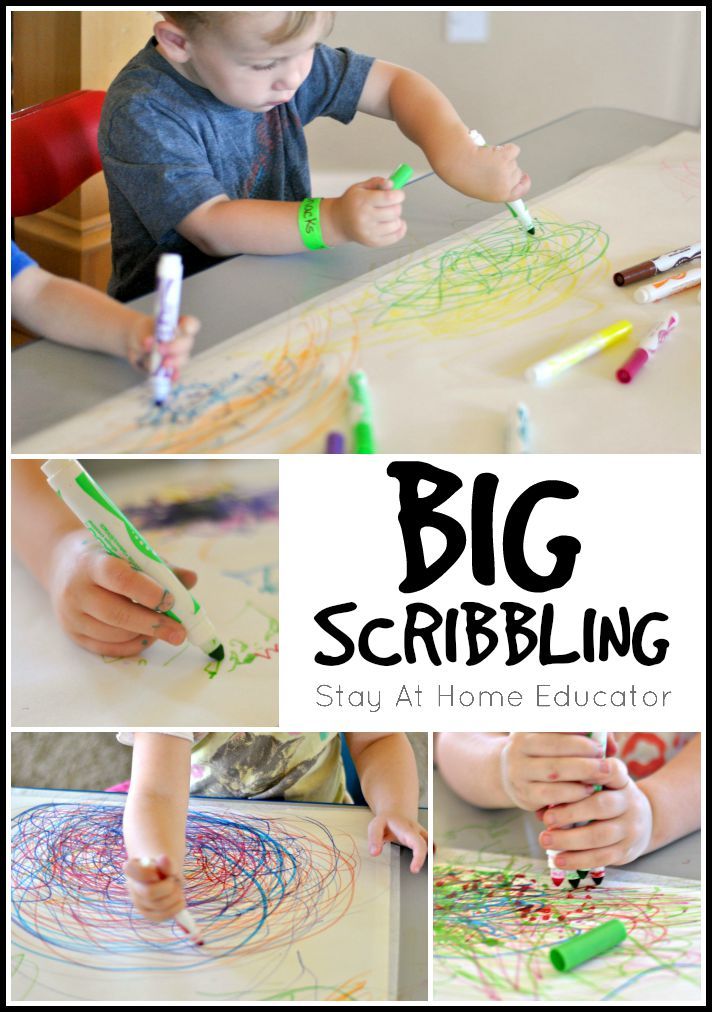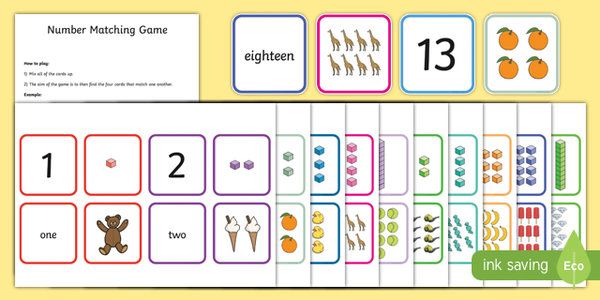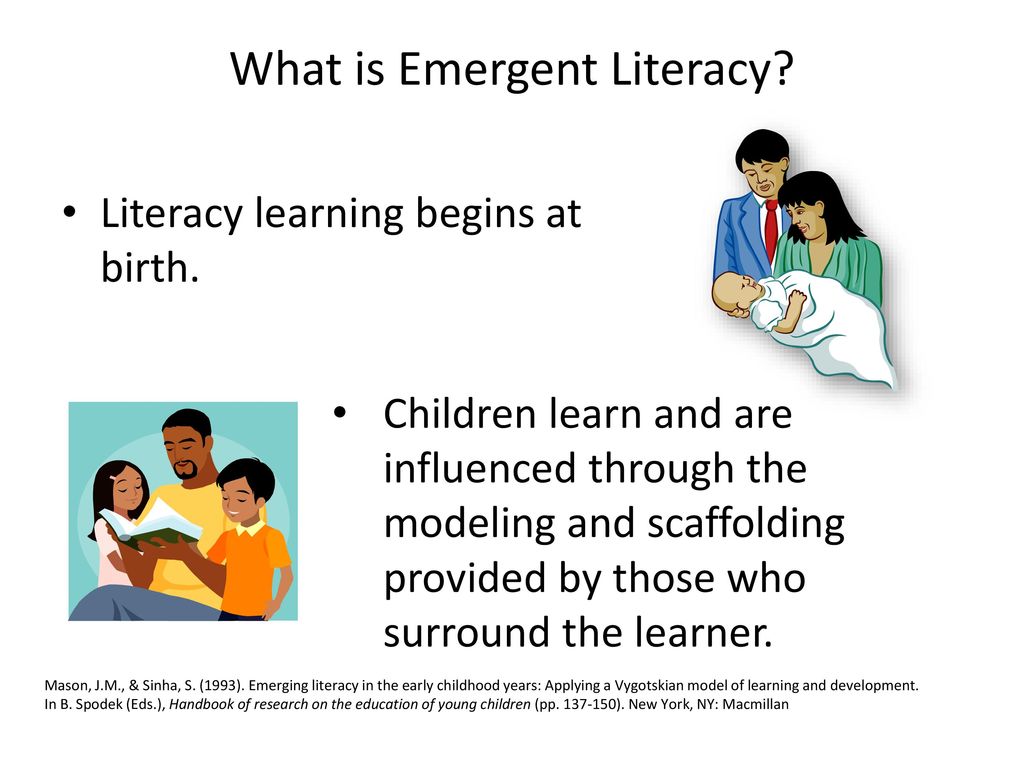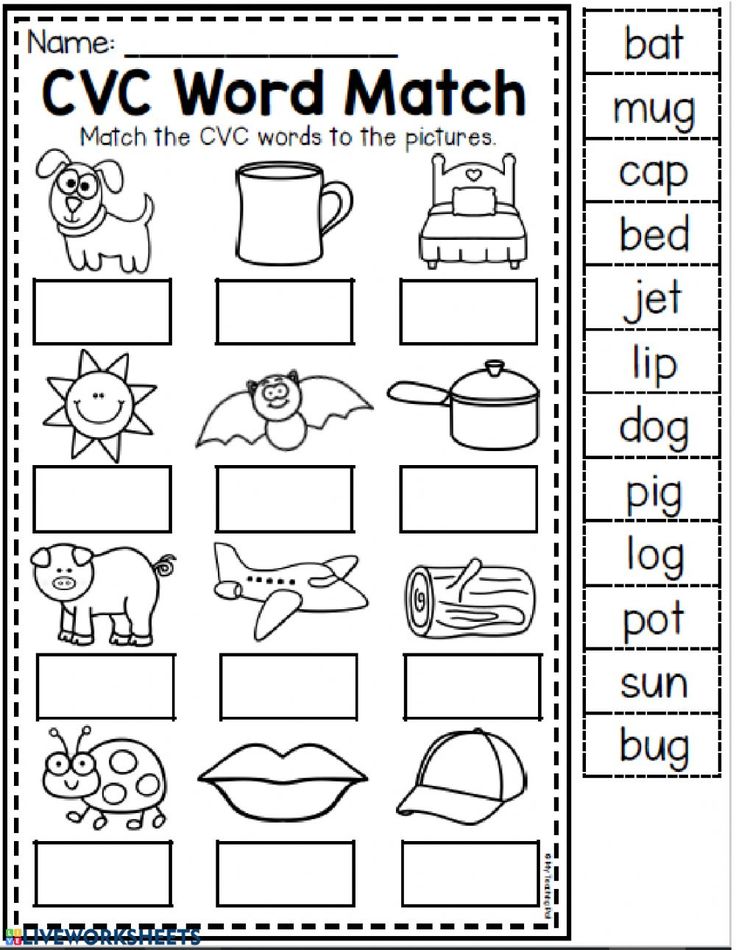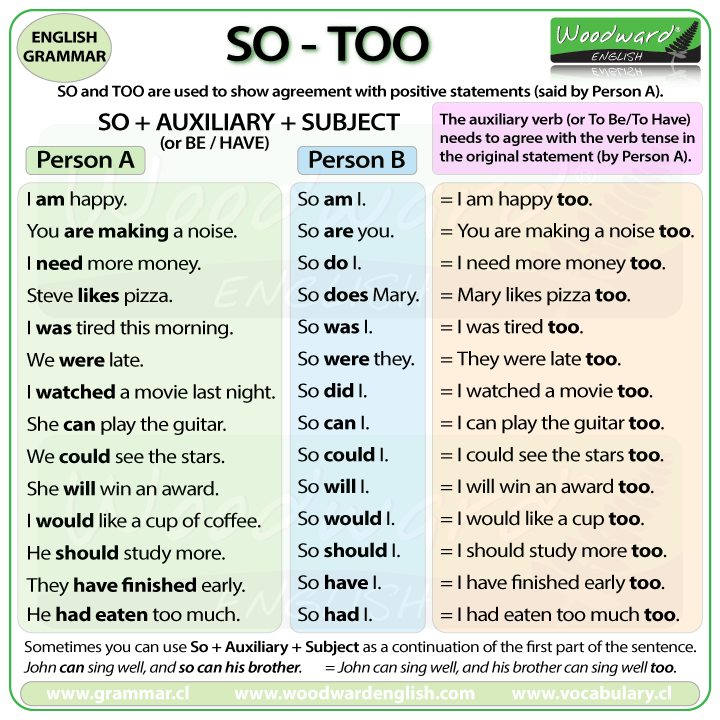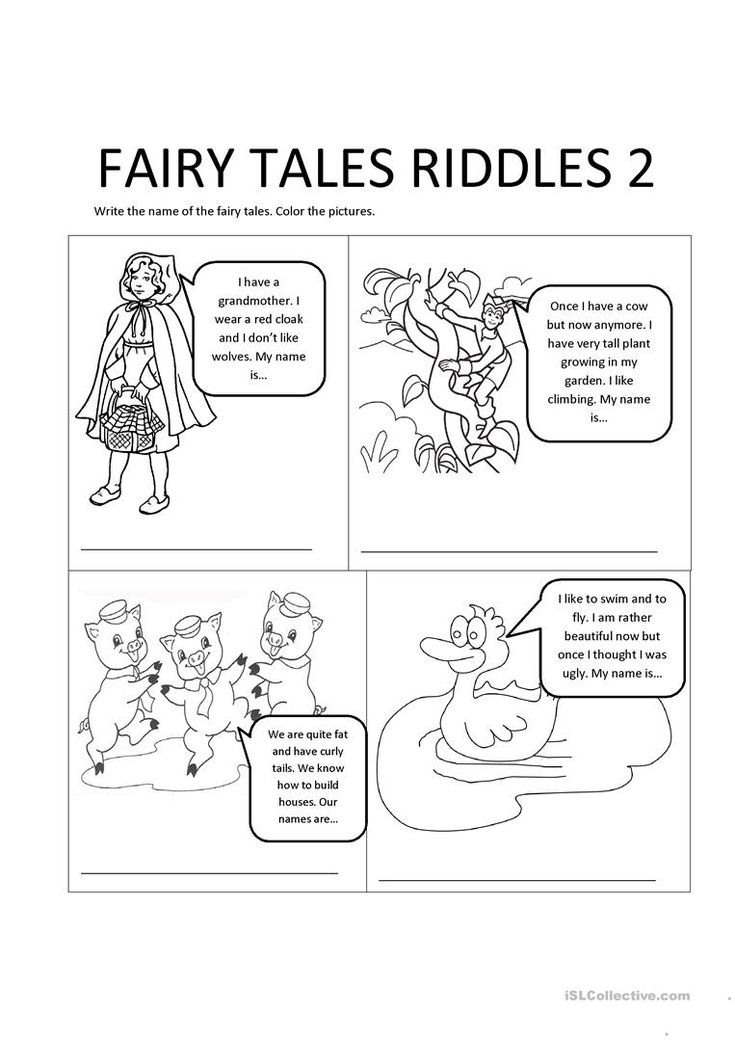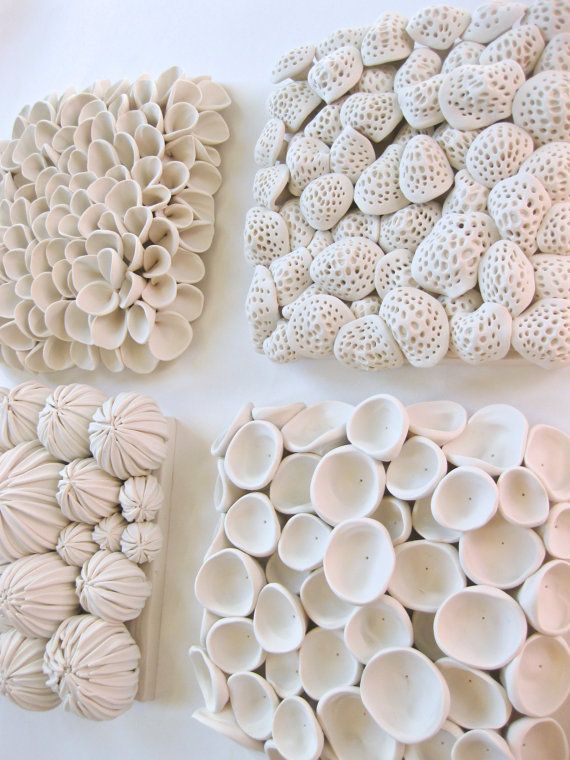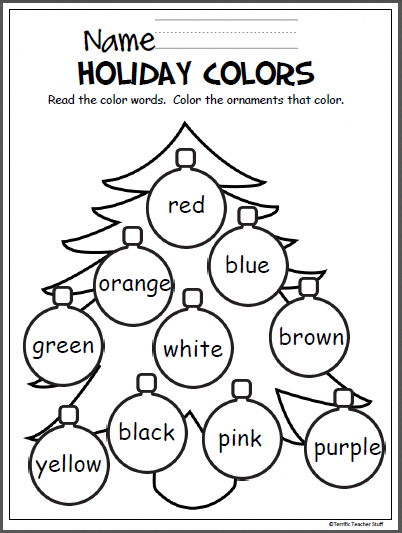Creativity activities for toddlers
14 Creative Play Activities For Toddlers
1.7K shares
- Facebook188
- Twitter1.4K
Encouraging creative play for your toddler is a wonderful way to help them build imagination, creativity and learning through play. These creative activities for toddlers are perfect for keeping your younger child busy, with fun new play ideas to try at home. Many of these activities require minimal equipment and are sure to keep them occupied as their creativity flows!
From sensory experiences to building, these creative activities for toddlers are sure to give them hours of fun as they learn and play.
The Benefits Of Creative Play For Toddlers
Getting your toddler involved with creative activities supports their early development, improving skills such as imagination and creativity. It also gets them away from technology and gadgets too!
It builds their critical thinking and problem-solving skills as they attempt to manipulate and mould items in the ways they want.
Sensory play teaches them about textures and how things can change or stay the same.
Creative activities for toddlers also helps develop fine motor skills, with many of these activities involving the use of toys and tools, as well as their own hands. All of these activities help to strengthen little fingers and improve coordination.
Some of these activities also encourage the development of speech and language skills, which will also build confidence in your toddler.
The other great benefit of creative play is that it can encourage independent play and solo exploration, allowing you to take a step back from playing alongside them as directly.
Creative Activities For Toddlers
Get your toddlers creativity flowing with these simple activities you can do at home – for artistic play, drama and music and construction.
Find rainy day and colour activities for toddlers, indoor and outdoor activities and sensory ideas.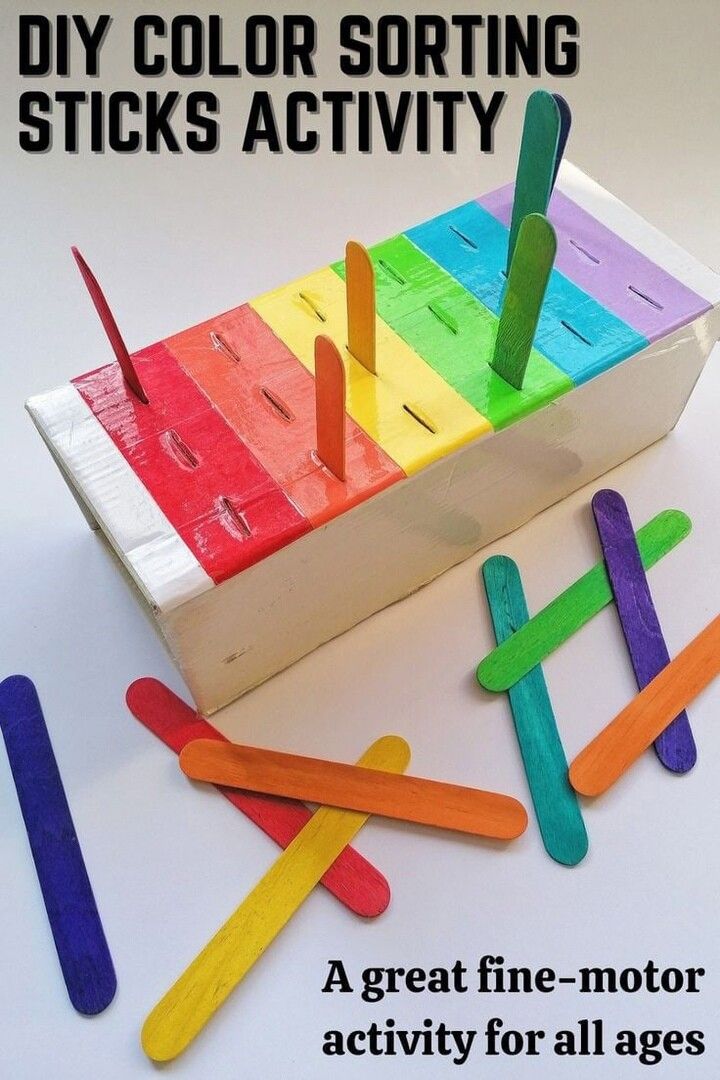
1. Dress Ups
Get a box and fill it with various items of clothing or costumes for them to play dress-ups with.
This can be actual children’s costume items or a mix of existing clothing you have in your home, such as dad’s shirt, your sunhat, their big sister’s polka dot socks and Nan’s scarf.
This simple activity of pretend play allows your child to create their own character or simply have fun mixing and matching various items to create their own silly ensemble. Join in for some shared fun together.
This is also such a fun way for your child to develop social skills through play.
2. Painting Activities For Toddlers
Messy play is always fun and most toddlers love the chance to express themselves through art activities.
Make your own edible paint so that your toddler can safely create their own works of art. Get them sheets of paper or let them paint cardboard boxes you have on hand.
Your toddler will learn about colours as they see new colour combinations forming from their paints mixing together.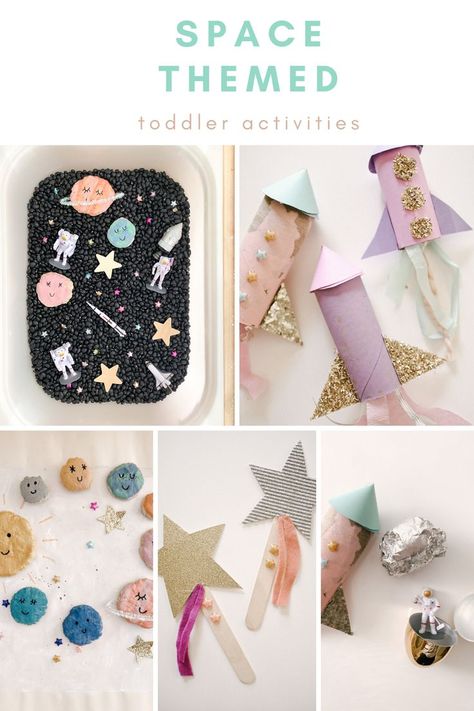 Don’t forget the painting smock to keep their clothes protected!
Don’t forget the painting smock to keep their clothes protected!
How To Make Taste Safe Paint – To make your own edible paint use 1/2 cup of flour, 1/4 cup of salt and 1/2 cup of water with a few drops of food colouring. Add the water slowly, until you reach your desired consistency. Store your edible paint in the refrigerator between uses.
Don’t limit them to painting with a brush!
Give your toddler different sponges, brushes and rollers to use. Or let them finger paint instead.
If you’re dreading the potential mess, give your toddler some washable finger paints in an empty bathtub where you can easily wash away the mess once they are done.
They can also experiment with different mediums and textures such as painting with bubble wrap to see what patterns they can make or using leaves and flowers, rollers or sponges.
3. Play Dough Creations
Get your toddler to practice their fine motor skills with every kid’s favourite, play dough!
Get my toddler-safe play dough recipe to make your own at home, and let your toddler explore the unique texture.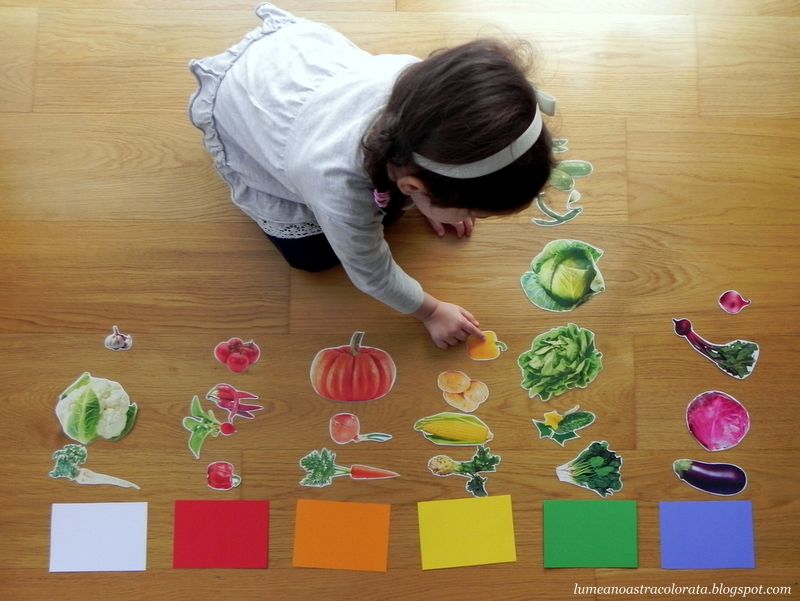
Add extra fun to their playdough time by giving your toddler cookie cutters, rolling pins and other tools to help them create with. Or give them uncooked rice or spaghetti to poke into their creations for added safe fun.
Playing with the dough helps strengthen their fingers and hands which will support their development with writing and fine motor skills as they get closer to starting school.
Make your own playdough at home with a huge variety of homemade playdough recipes or give your toddler fun with slime instead with any of these cool slime recipes.
4. Sidewalk Drawing & Painting
Sidewalk decorating with paint or chalk are perfect outdoor activities for toddlers.
Mix water, cornstarch, and food colouring to make your own sidewalk paint or make your own sidewalk chalk. You can get the recipes to make both at home. Let your toddler unleash their creativity by decorating the sidewalk with their artistic designs.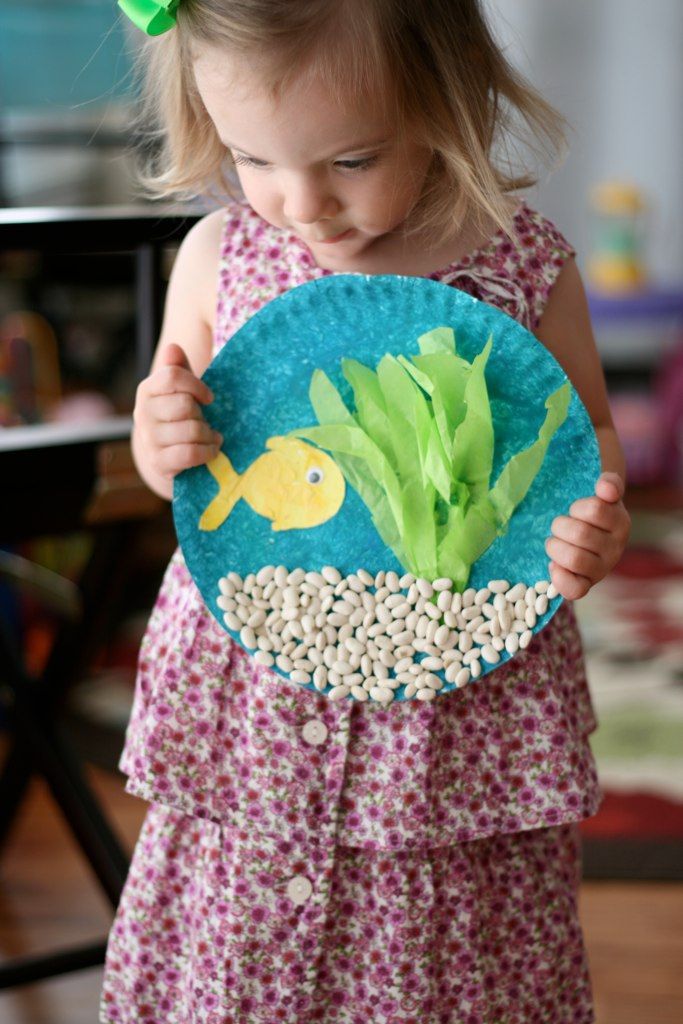
They will love seeing their work on display outside before it is washed away by weather or a bucket of water, leaving them with a new blank canvas to decorate.
5. Music Play
Put on upbeat music for your toddler and encourage them to dance along. Join in with them as you make up your own fun dance moves and follow their lead.
Or make your own musical instruments out of everyday household items instead. Your toddler will love creating different sounds and experimenting through play.
The bigger movements of dancing and making music will stimulate your toddler’s bigger muscle groups and are great for developing gross motor skills.
Try these ideas:
- A wooden spoon on pots and pans for drums
- A drink bottle filled with uncooked rice for a homemade maraca
- Attach strings across a disposable plate for a homemade guitar
- Find whistles and bells in their toy collection
FOR MORE RELATED FUN:
6.
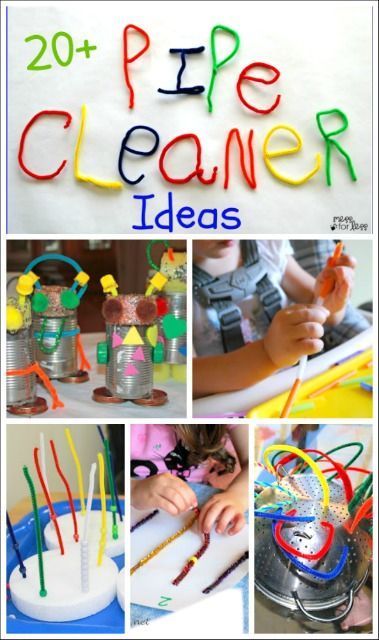 Box Creative Play
Box Creative PlayThere’s something about boxes that kids love! And there are so many fun ways to play with boxes.
Give your toddler chalk, paint or felt pens to decorate a box however they like. Or turn your boxes into something beyond their imagination.
- Build box tunnels or castles for them to play in
- Fold your box flat and draw roads for their toy cars
- Turn a box into a crib for their baby doll
- Create a fun box costume they can wear
This will need your help but their creative play will be inspired by your creations.
7. Small World Play
Create a small world play centre for your child such as this Zoo themed cutlery tray. This activity zone for your child can be changed up with different types of animals and accessories for a new world each time.
8. Nature Activities For Toddlers
Nature play is perfect for teaching toddlers about the world around them. Take them for a nature walk through the garden to collect a range of leaves, flowers, seeds and nuts.
Outdoors activities are fun ideas for toddlers who are still learning about the world around them.
Try one of these fun nature play ideas:
- Use crayons to do leaf rubbings
- Make a nature suncatcher
- Press flowers between paper and heavy books
- Glue them onto cardstock or paper to make 3D scenes
- Fill a shallow tray with water and see what floats and what sinks
- Sort them from biggest to smallest or by colour
- Bury in a tub of sand or uncooked rice for your toddler to find
Try one of these water play activities for preschool-aged kids (and the rest of the family) during the warmer weather.
9. Mosaic Wall
Create a sticky mosaic wall using clear contact and a combination of pattern blocks and foam blocks as a fun new canvas for creating cool mosaics and patterns.
If you are concerned about damaging the wall, use a tile wall or the refrigerator or freezer surface instead.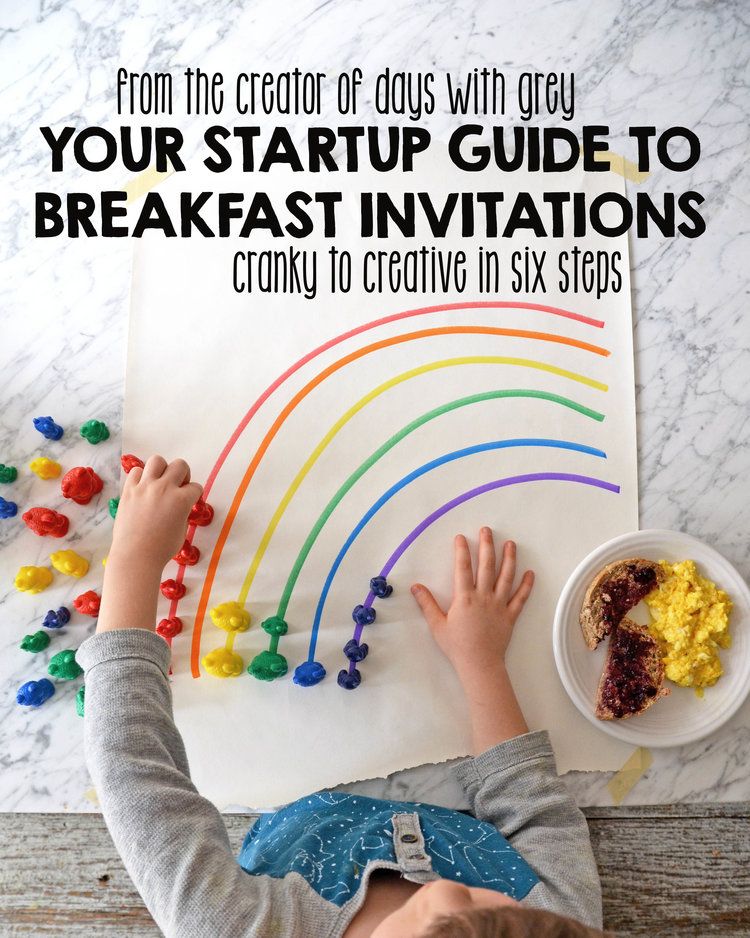
You can also get pattern board sets as a fun alternative for your toddlers colour play activities.
10. Sorting Activities
Use a container with many compartments, such as a muffin tin and give your toddler objects of different colours or different sizes.
Toddlers in general love to sort objects by size and colour. How they sort them can be up to them, or with some guidance from you.
If using small objects, ensure supervision in case they are potential choking hazards. Or use larger objects, such as coloured blocks if you want to give your child a more independent activity.
Great items to sort include things such as coloured pom poms or ping pong balls, cotton balls, bottle lids or pipe cleaners. This activity is great for developing hand eye coordination in young kids.
11. Colour Sensory Bins
Coloured rice is so much fun for younger children and toddlers. It can help teach them colours. It can be moved into different sized containers.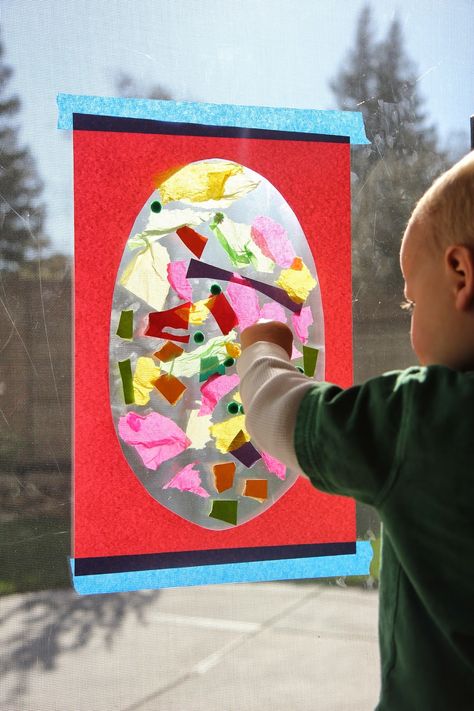 You can bury things in it. And it’s taste safe.
You can bury things in it. And it’s taste safe.
For a simple coloured rice play activity, try this rice sensory bin idea using a cutlery tray and coloured toys for a colour sorting activity.
12. Blanket Fort
The pure joy on your toddler’s face is worth turning part of your home into a mess to build a fort from sheets and pillows.
Turn a table into a comfortable play zone indoors, or take the fun outside and use a trampoline or swing set as your fort frame.
Give your toddler free playtime in their new fortress or share the time with them, reading books and playing together.
13. Magnetic Blocks
Magnetic blocks such as these ones are wonderful open-ended play toys for toddlers. There is no end to what your toddler can create with colourful magnetic tiles. From 3D construction, with a little help from you or 2D images and patterns of their choosing.
With so many things to build with magnetic tiles, they make for fun toddler activities and older kids can get involved too.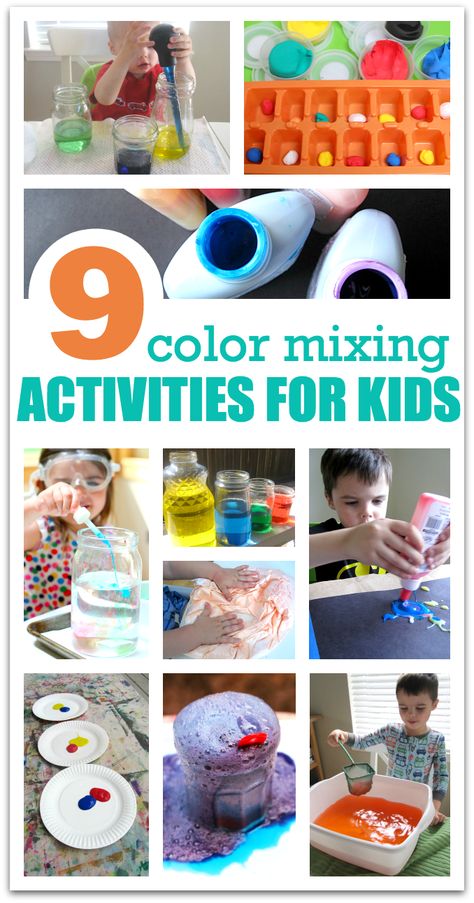
You can order magnetic tiles online here.
14. Water Painting
One of the most simple and fun activities to do with your toddler is painting with water.
Fill a bowl or container with water and grab a few paintbrushes of various sizes. Set up outdoors either on a driveway or cement area or at a fence and have your toddler draw pictures with water using the paint brushes.
They will love seeing the different shapes they can make and marvel at how quickly their artwork disappears as the water dries.
This can also be a wonderful early introduction to letters and numbers as you guide your child’s hand to create the shape of basic letters and numbers with water.
More Ideas For Creative Play For Kids
In case you want even more ideas, so much of what we do during our daily lives can be incorporated into creative kids activities. Through movement, touch, using different senses and playing with toys in new ways.
- Encourage them to use their imagination when playing with toys.
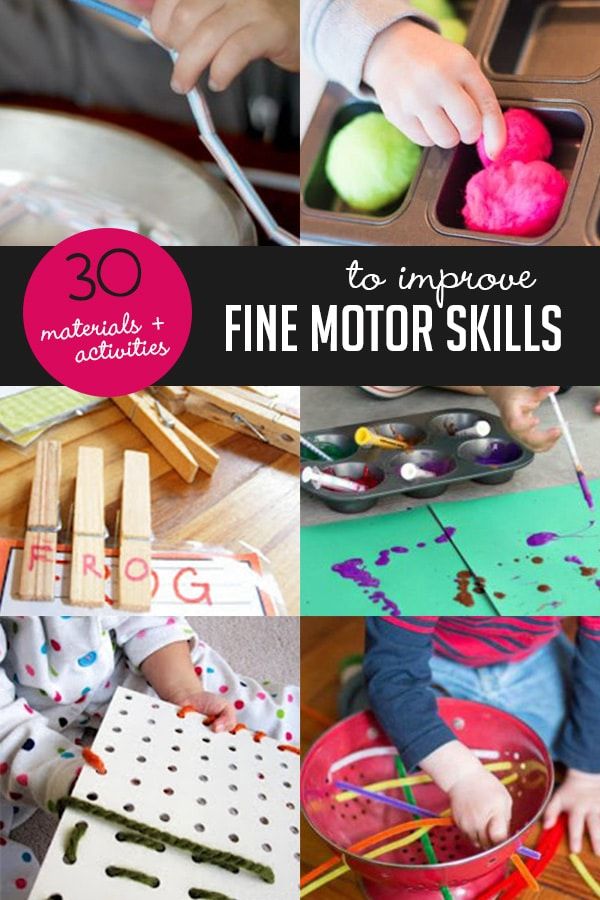 For example, they can pretend that their stuffed animals are having a tea party or that their blocks are cars in a traffic jam.
For example, they can pretend that their stuffed animals are having a tea party or that their blocks are cars in a traffic jam. - Give them opportunities to experiment with different mediums. For example, they can paint with watercolours, use clay to make sculptures, or play with dough to make shapes.
- Encourage them to tell stories. This can be done by providing them with props, such as puppets or dolls, or by asking them questions about what they are doing.
- Provide them with opportunities to move their bodies. This can be done by playing music and dancing together or stretching and doing yoga.
Toddler Craft & Activity Kits
If you want more variety of craft activities for toddlers, these toddler activity kits are a perfect option:
For 18 Months & Up:
- LEGO DUOLO Open-Ended Play Tub
- Non-Toxic Stamp Set
- Water Doodle Board
For ages 3 & up:
- Washable Dab & Dot Markers
- Crayola Scribble Set
- Double-Sided Art Easel
Keep your younger kids entertained with play and learning with these fun creative activities for toddlers! Find more family fun ideas for keeping kids entertained at home and in the backyard.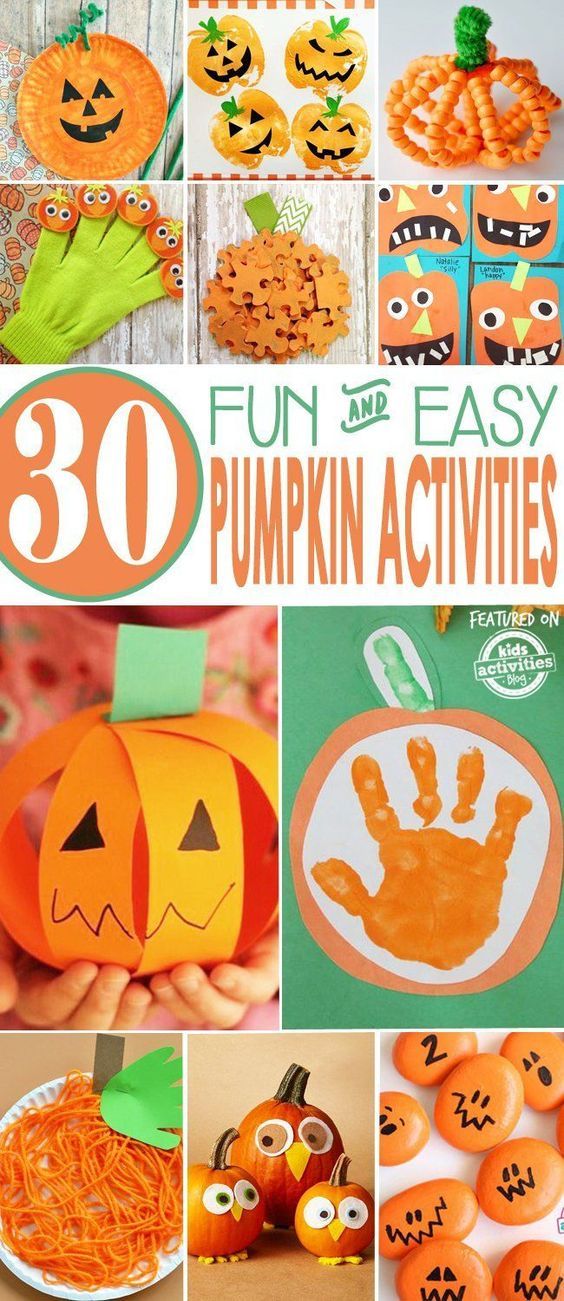 And don’t miss these LEGO activities for older kids.
And don’t miss these LEGO activities for older kids.
Need more fun ideas to entertain the kids:
- 100+ activities to do at home with kids
- LEGO play ideas
- Creative art and play recipes
- Sensory activities for toddlers
- Water play activities for preschoolers
- Slime recipes to make at home
- Playdough recipes to make at home
- Screen-free family activities
- Backyard activities for kids
- Active toys for active kids
- Subscription boxes for kids
- Board games for kids
1.7K shares
- Facebook188
- Twitter1.4K
How to Engage Your Toddlers and Preschoolers in Creative Play
- Share
‘Play and Learn’ – a contradiction of terms perhaps – but in the world of a child growing up, play is an essential ingredient to learning.
Providing opportunities for creative play should be part of a child’s daily routine.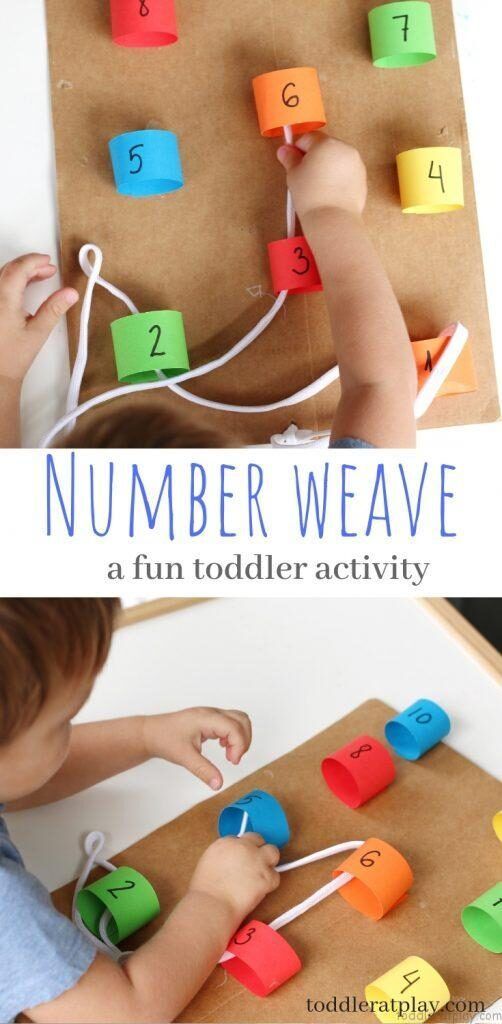
Einstein said: ‘Creativity is intelligence having fun.’
Creative play is any type of play that is free and allows children to express themselves.
Creative play provides an opportunity for your kids to have fun, but develop intellectually at the same time. During creative play, children gain skills that are essential to academic learning and social development.
At the same time, you and your children get to have fun together.
The Benefits of Creative PlayCreativity is all about experimenting, inventing, designing, trying new things and having fun.
Mother nature has designed play as the way to grow and mature. Baby animals are naturally playful. Children enjoy play activities too.
When you understand the importance of play, and the value of providing particular play activities, you will want to encourage creative play as a routine part of your children’s development.
There is a great deal of truth in the ancient Chinese proverb that says:
I hear and I forget.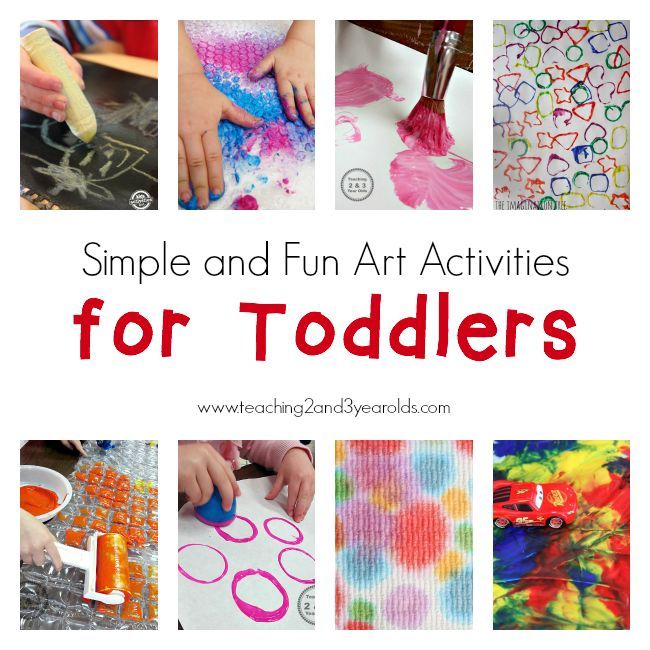
I see and I remember.
I do and I understand.
It is the doing part of being creative that is so important for child development from an early age.
Parents can encourage children to have new experiences and let their children grow more confident, and develop holistically, through all kinds of play activities.
Types of Creative PlayCreative play falls under many different umbrellas. It crosses boundaries in every area of child development. When you become aware of what it means to encourage creative play you begin to see the opportunities all around you every day.
Dr Seuss, the very creative author of the Cat in the Hat books, said:
Think left and think right, think low and think high.
Oh the thinks you can think, if only you try.
Once you start thinking creatively you will find there are many areas where creativity is being developed.
The key areas of child development can always be uplifted through creative play.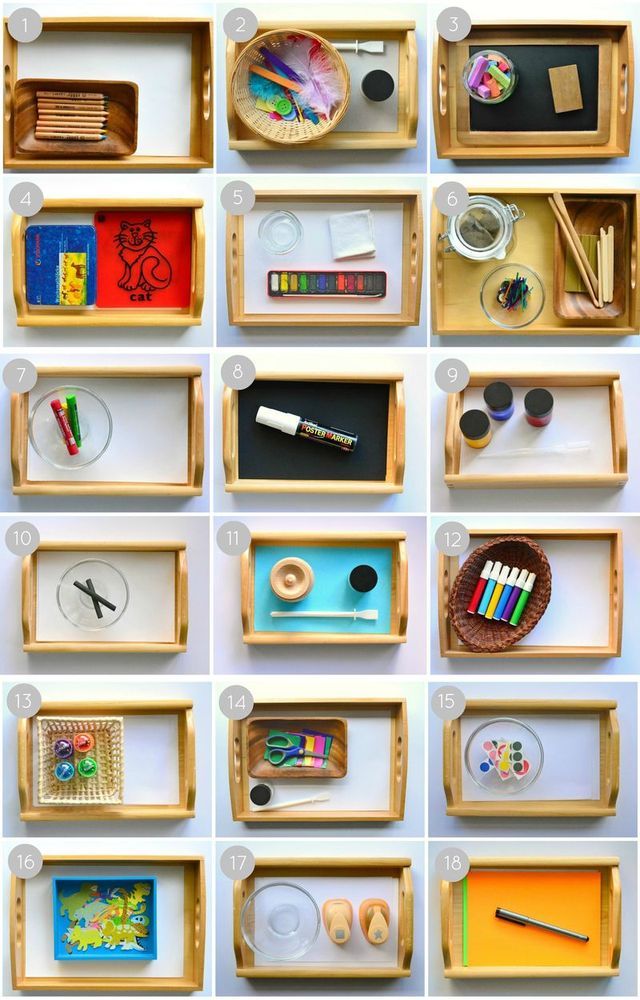 Start thinking and associating creative play ideas in these areas – physical, emotional, social and cognitive.
Start thinking and associating creative play ideas in these areas – physical, emotional, social and cognitive.
Children’s creative minds are awakened by sensory development through touch, taste, hearing, smelling and seeing the world around them.
Providing a platform for all this creativity is a very important part of parenting. Play experiences are possible and simple in all kinds of situations.
Examples of Creative Play Activities for Toddlers and PreschoolersSo, now that you have the theory behind creative play in the early years, what about the practical?
The how, where, with, what and when of creative play.
A large portion of creative play happens naturally. However, you can build a playful and creative environment for your children.
Here are some examples of creative play areas and ideas.
1. The Garden or Outdoor Spaces
Encourage physical creativity with climbing, crawling, running, jumping and all the gross motor skills you can think of.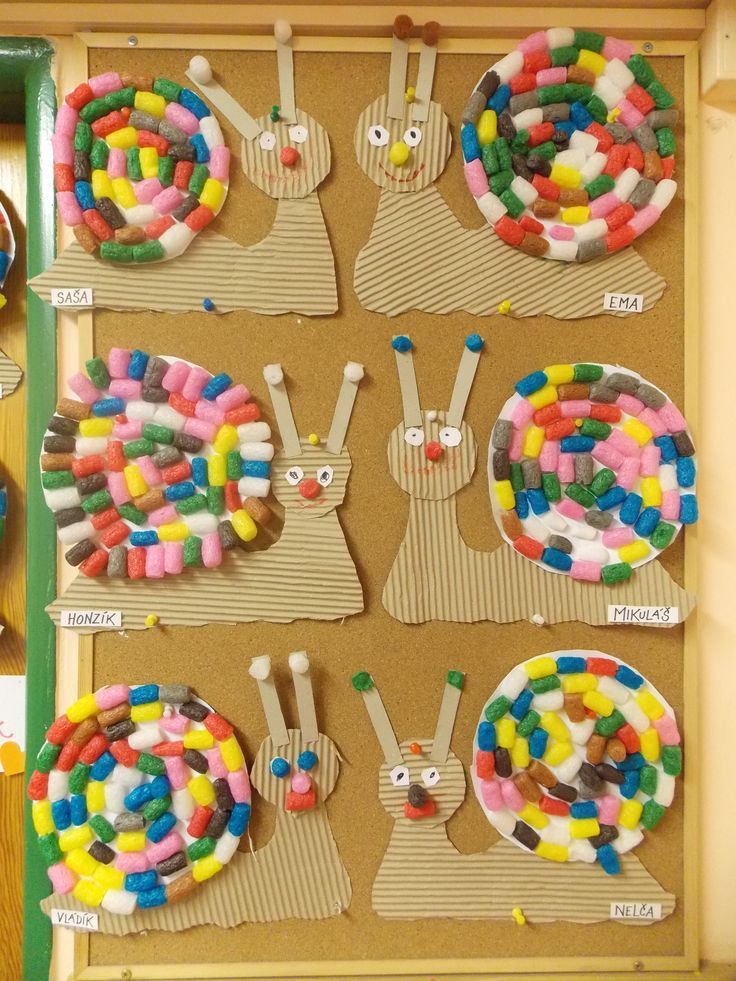
Set up an obstacle course in your garden.
You will be amazed at how much fun your kids will have with a few hoops, a plank of wood, some buckets and beanbags and some plastic cones.
Most of these things are easy to find in kids’ stores and what a lot of fun the whole family can have with races, bean bag toss or walking the plank for balancing.
The garden is a wonderful place to create an interest in planting and watering and watching seeds grow. It’s an opportunity to get creative.
Gardening is ideal for connecting with nature and nurturing something at the same time.
Pots can be decorated and even fairy gardens created if you have the space in your garden. If you have no real garden space, balconies and kitchens can house plants quite happily.
Plant vegetables and then have the joy of being the ‘farmer’ and harvesting your own vegetables.
2. The Kitchen
Everyone loves getting creative in the kitchen.
Biscuit decorating or baking cupcakes are great creative activities.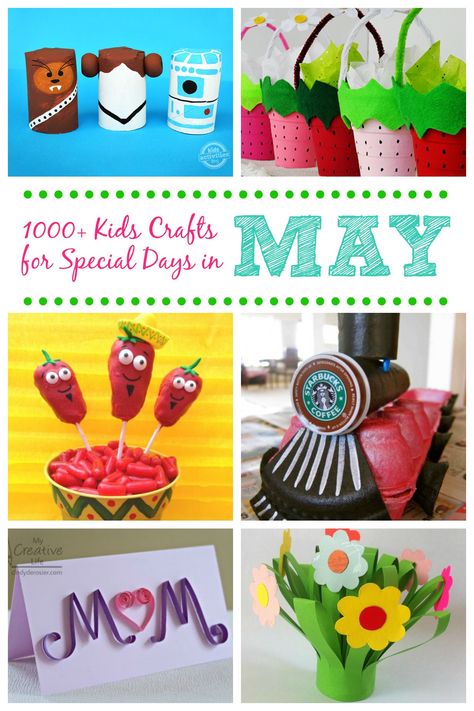 Children love to be in the kitchen and baking embraces all sorts of sensory developmental areas as you touch, taste, smell and see the yummy things you bake.
Children love to be in the kitchen and baking embraces all sorts of sensory developmental areas as you touch, taste, smell and see the yummy things you bake.
Older children benefit from being able to weigh and measure and learn to make light lunches or salads. The kitchen can be a hive of creativity.
3. The Bedroom or Playroom
If you are lucky enough to have a special playroom then that is a bonus, but with some easy ideas for laying out and packing away items, the bedroom can be a little hub of creativity.
Puzzles, building blocks and Lego are all good investments for creative play.
Have a mat on the floor as a play space and teach your children from a young age to clean up and have places for everything to go:
- Baskets and buckets for blocks and Lego.
- Shelves and cupboard space for puzzles and books.
Dressing up lets children lose some of their inhibitions so a dress-up box is another asset to the playroom. Hats and scarves, old shoes and bags all lend themselves to putting on shows and some imaginative drama to entertain you.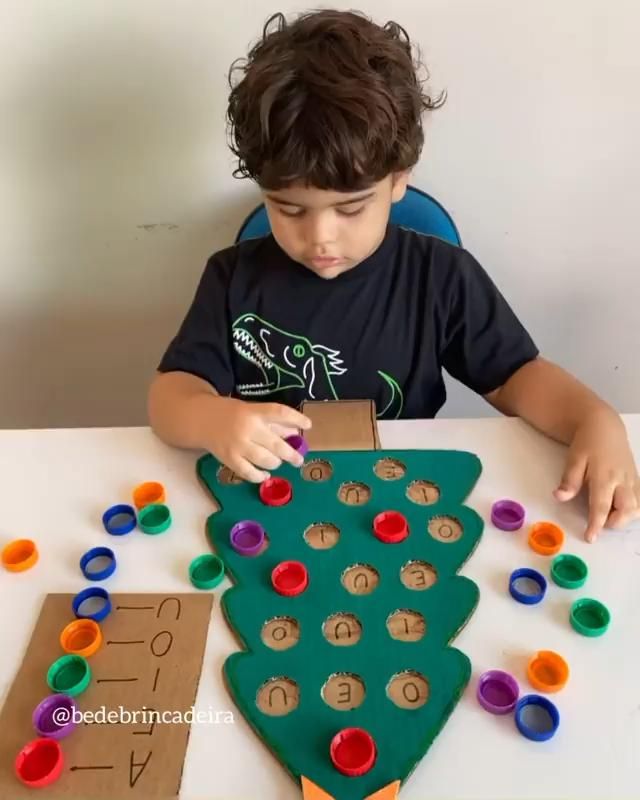
Never underestimate the value of books. Creativity through imagination is a vital part of broadening the mind. A cosy corner with a bean bag and some books is a special place to go any time of the day.
Children can enjoy picture books from a young age and graduate to print as they build literacy skills. Creating an interest in and love of books can start long before your children are able to read.
4. Keeping a Creative Waste Basket
This is a wonderful resource for your children; a great big collection of all kinds of goodies to use to create everything and anything.
Children can play and create with waste materials for hours.
Toilet rolls, scrap paper, cotton wool, coloured wool, sticky paper, various crayons or marking pens, stamps and stickers – there is no end to the wonderful things you can have in a basket ready for a rainy day or any day your children may feel like making something different.
Making paper bag puppets is a really wonderful way to use up your creative waste and then add to the creative experience with a puppet show.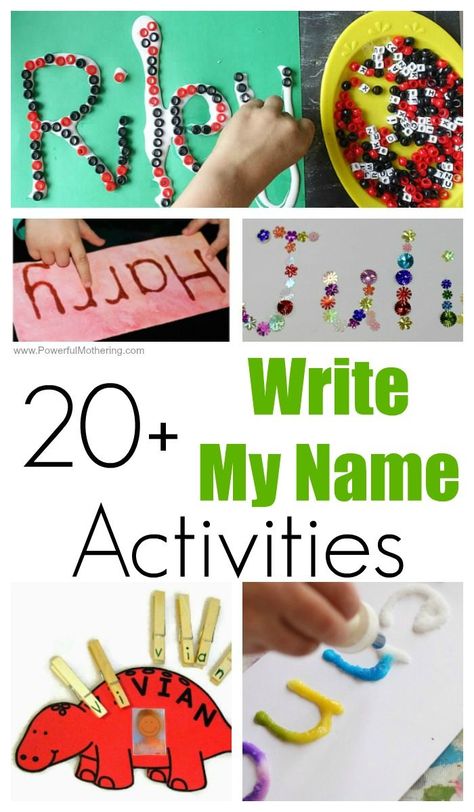 Have some brown paper bags available – the ones with the flat bottom – because they turn into really interesting puppets and the flap at the bottom can be used as a mouthpiece.
Have some brown paper bags available – the ones with the flat bottom – because they turn into really interesting puppets and the flap at the bottom can be used as a mouthpiece.
5. Messy Play
Children love to get dirty so allow for some messy play. Find a suitable place for an activity that might include paint, clay or chalk.
Let your kids experiment with finger painting, printing with leaves and stamping, making paper mache or getting covered in clay while moulding a sculpture.
Messy play needs preparation but is well worth the effort.
6. Going on Outings
Going on organised outings is an excellent way to stimulate creativity and imagination. Seeing new things and experiencing new places is part of engaging the creative mind and exploring.
It is important to look for age-appropriate outings and have some ground rules before you embark on trips and venture out into the big wide world. For example, teach your children that a museum is a quiet place and that items cannot be touched.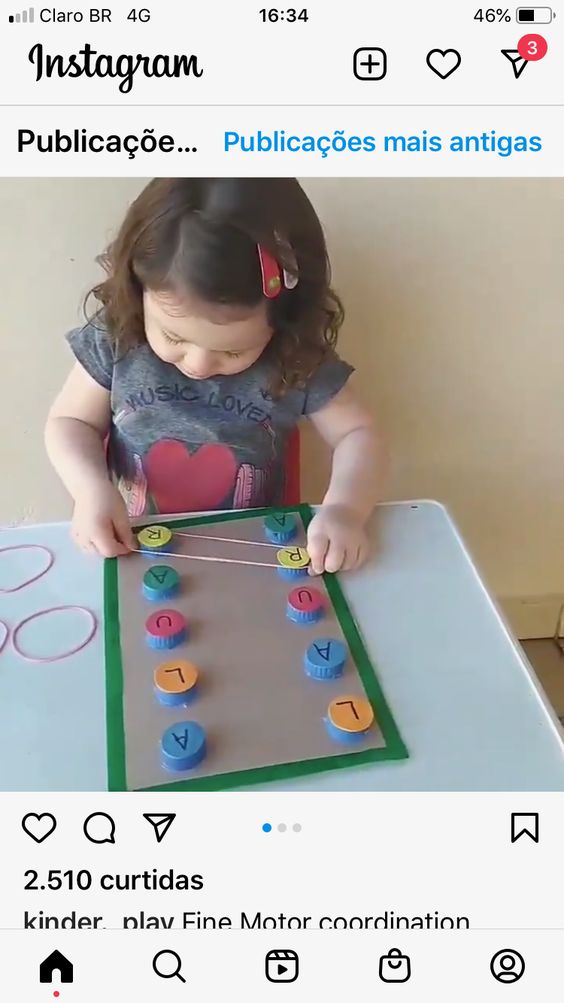
If you scan your area and look for different activities geared towards children you will be amazed at how much there is to do. Visit museums, join the library, go to the park and invite a friend to join in for some social interaction.
7. Dress-Up Day
Now here’s a chance to go all out and get a theme day going with everyone in the family joining in.
It could be a pirates day, for example. ‘Aarrh aarrh me hearties!’
- It’s time to dress up and put on pirate face paint and pirate clothes.
- Play tug of war and walk the plank in the garden with your obstacle race equipment.
- Build a pirate ship in the bedroom with blankets and make pirate patches and masks.
- You can end the day with a pirate movie like Peter Pan or Pirates of the Caribbean.
It will be a completely creative day and the whole family can join in.
8. Story Telling
It’s time to recall the day’s creativity and encourage some inventive storytelling.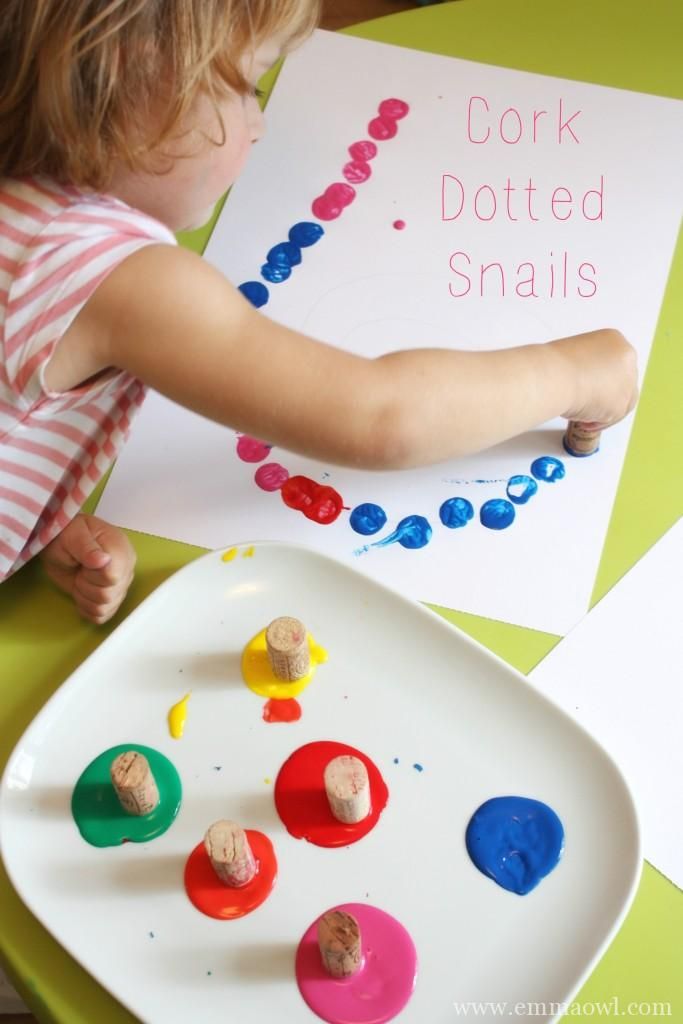 Talk about your day or get creative with a make-believe story or look at a favourite book.
Talk about your day or get creative with a make-believe story or look at a favourite book.
Take some creative pictures of your own and start a scrapbook for your children. The best creative days become memories and capture the joy of being involved in creative play.
Enjoy looking for creativity in the simplest of activities.
Get FREE access to Printable Puzzles, Stories, Activity Packs and more!
Join Empowered Parents + and you’ll receive a downloadable set of printable puzzles, games and short stories, as well as the Learning Through Play Activity Pack which includes an entire year of activities for 3 to 6-year-olds.
Access is free forever.
Signing up for a free Grow account is fast and easy and will allow you to bookmark articles to read later, on this website as well as many websites worldwide that use Grow.
- Share
9 ideas for creative activities with children
Irina Balmanzhi
The 500 Creative Ideas Collection contains original games and workshops to inspire your child to draw, build, write poetry and stories, sing, dance and improvise anywhere, anytime.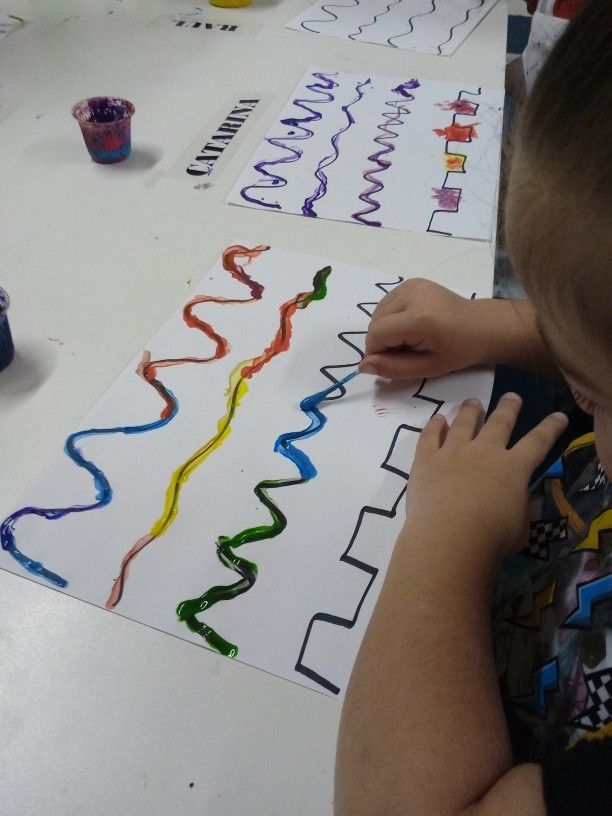 We publish some interesting exercises from the book.
We publish some interesting exercises from the book.
Creativity with babies (2-3 years old)
The kid is interested in everything around. Unquenchable curiosity and a craving for experimentation fuel creativity like nothing else.
Between 2 and 3 years of age is an excellent time to explore creative activities such as music, dance, acting, building with blocks, word art, and writing.
Children at such a young age cannot sit still for more than a couple of minutes. But even these moments of passionate creative pursuits are extremely important.
Flyer Collage
Finally, there is a worthy use for all these flyers and brochures - we will make a bright and original picture out of them!
Resource
You will need:
- Non-toxic markers or crayons
- Cardboard sheet
- Advertising thrown in your mailbox (flyers, brochures, envelopes)
- Non-toxic white glue (PVA glue; use with parental supervision only)
- Child safety scissors
Create with your child! Let everyone create their own collage from scraps and scraps of colorful flyers and complement it with drawings made with felt-tip pens, pencils or crayons.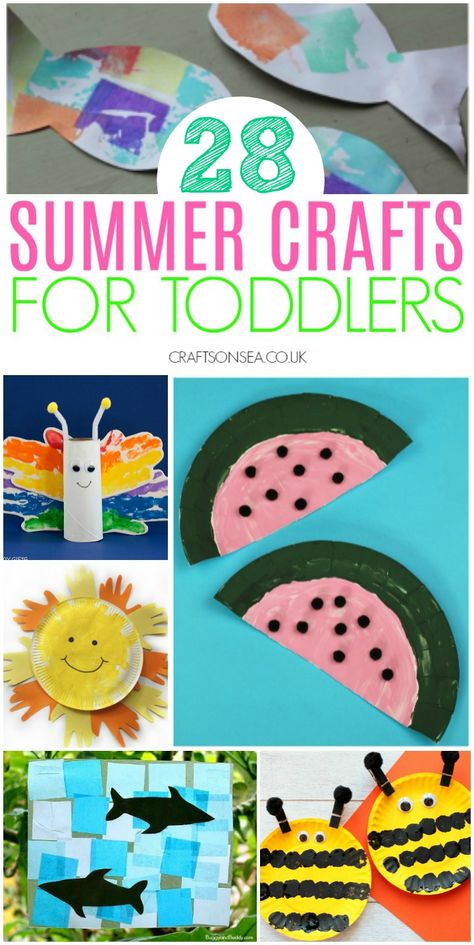
Cardboard city
Baby, mom (or dad, sister, brother, grandma, grandpa, etc.) and a huge box - what an adventure!
Source
You will need:
- 4-6 medium to large cardboard boxes (available at the grocery store, just make sure the boxes are clean)
- Colored paper and tape (to cover boxes)
- Dolls, animal figurines, stuffed animals (“inhabitants” of the houses you will build)
Place the boxes in a large room or take them outside and show your child how to play: build a tower out of boxes, on each “floor” of which toys will “live” - let them sit in boxes. Or line up the boxes. Now let the kid play on his own. What house will he build? Who will he put there?
Basket of fairy tales
To compose an interesting story, all you need is a piece of paper with only one word written on it!
You will need:
- Paper
- Pencil
- Basket
Think of ten words or topics that could be the plot of a fairy tale and write them on slips of paper.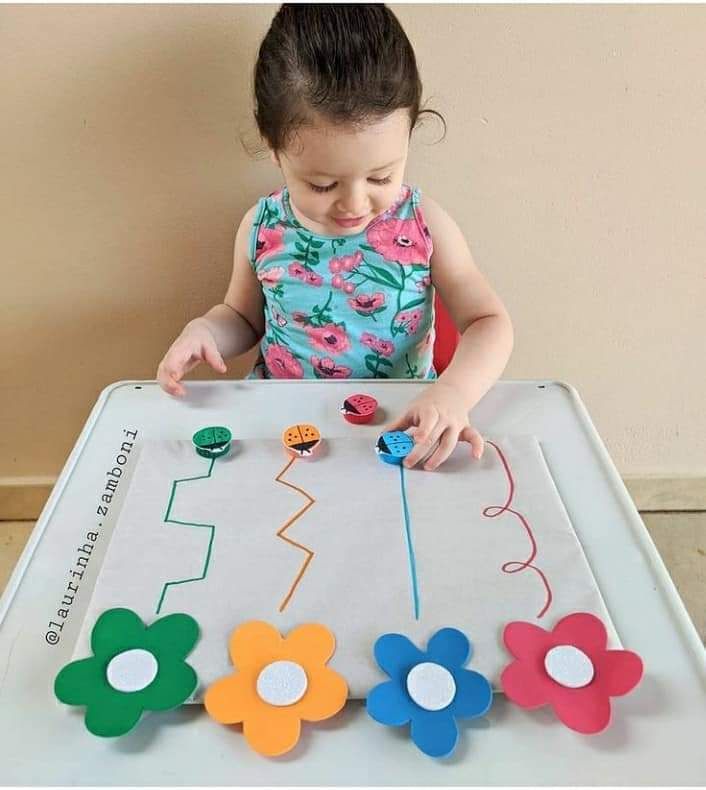 On each sheet, you can also draw something or stick a small photo or picture. Fold the leaves in half and throw them into the basket.
On each sheet, you can also draw something or stick a small photo or picture. Fold the leaves in half and throw them into the basket.
Ask your child to take a piece of paper from the basket. Make up a short children's story or story (2-3 minutes) using the word, picture, or story that comes up. The story can be funny and unpretentious, about events and actions that are understandable and familiar to kids from everyday life.
Accompany the story with facial expressions and gestures. Attract interest with your voice: make non-scary sounds, move to a whisper, speak in a high voice or bass.
Creativity with preschoolers (3-5 years old)
Three, four, five years old is a great age for a variety of creative activities. At this time, role-playing games and acting skills come to the fore. Children love trying new materials. They like to play with the constructor. They listen carefully and love to be told funny stories and read children's books.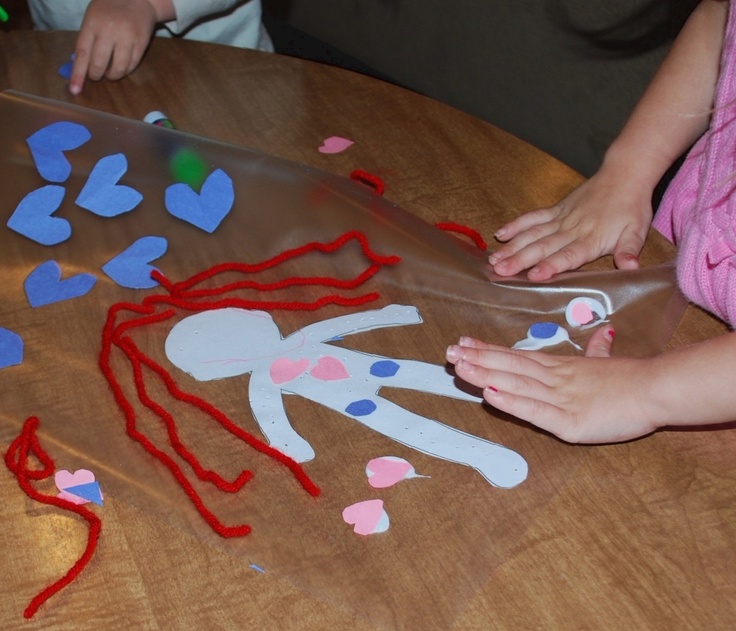 They are attracted to music and dance.
They are attracted to music and dance.
You can do a lot to develop your preschooler's fantasy. Spend more time with him, listen to music, tell stories, put on puppet shows, draw and construct. Over time, creativity will become something familiar, familiar, and after many years your efforts will pay off a hundredfold!
Stick puppets
Take a wooden stick, attach a picture of your favorite character to it, make a costume for him - the stick puppet is ready!
You will need:
- Markers or wax crayons
- Cardboard
- PVA glue
- Fabric scraps
- Wool threads
- Color paper
- Glitter adhesive
- Child safety scissors
- Insulating tape
- Wooden stick (e.g. for ice cream)
Sit next to each other and make your own doll. Draw some character on the cardboard. Decorate the drawing with pieces of fabric, woolen threads and colored paper.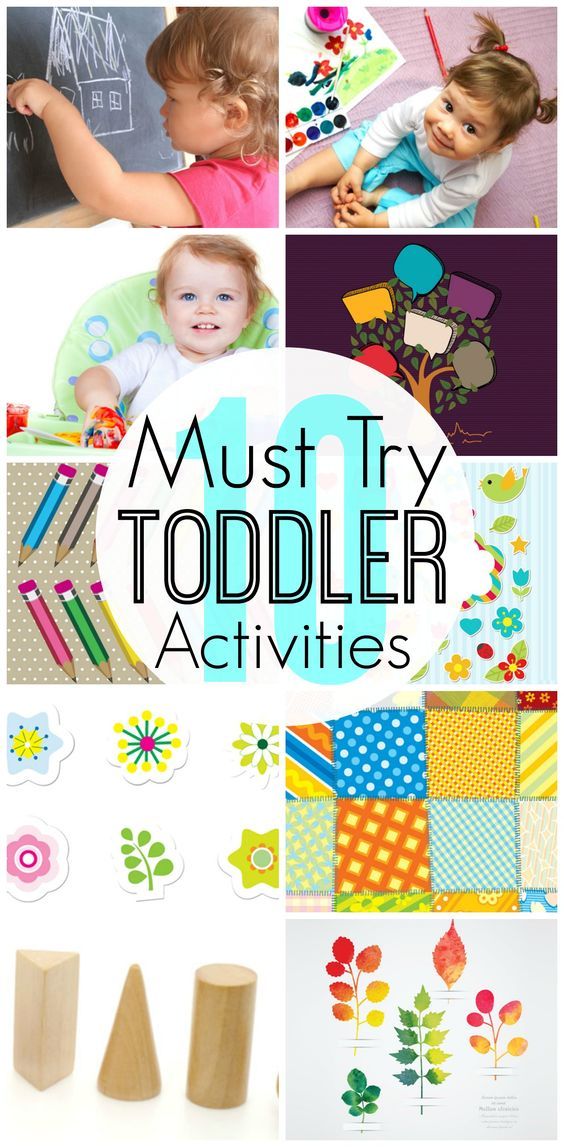 Use glitter glue to draw details and add sparkle!
Use glitter glue to draw details and add sparkle!
When the design is ready, carefully cut it out along the outline. Attach a wooden stick to the back of the picture - you get a chrysalis on a stick. Then put on a puppet show on the kitchen table (for example, you can act out your favorite children's fairy tale).
My Family Poster
Kids love making large colorful posters with letters and pictures. And this one is also dedicated to the family.
Illustration from My Family Book
You will need:
- Large size solid color cardboard sheet
- Photos of family members (or child with other family members)
- Glue or tape
- Markers
Have the child choose their favorite photos of family and friends, lay them out on a large piece of cardboard and stick them on. You can come up with funny captions for pictures together. Help older children write names under the photo.
Six questions
A simple and fun game that adults can use.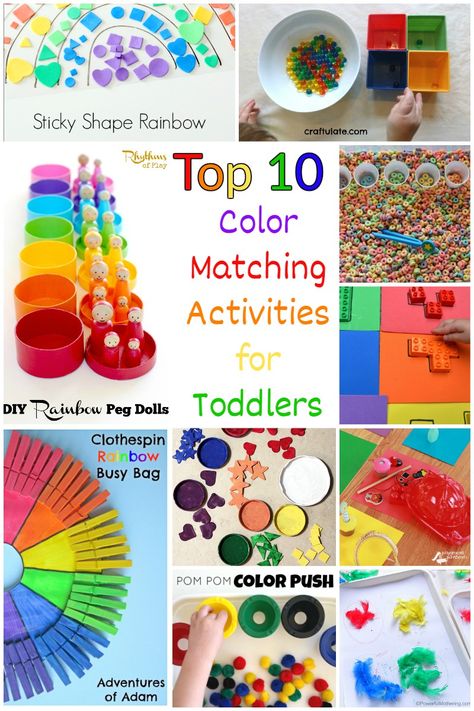 It will help you write incredible stories!
It will help you write incredible stories!
You will need:
- Pencil and paper
Explain to your child that together you will make up a funny story about animals, people or imaginary creatures. Then ask him six questions (see below) and you'll have ideas on where to start. (If you are afraid to forget, write down the answers.)
- Who will be the hero of our story? (Child answers: "Crocodile!")
- What is his name? ("Lesha!")
- Where does he live? ("In the house")
- What color is the house? ("Pink")
- What does the crocodile like to do in his free time? ("Play football")
- What is his favorite food? ("Ice cream!")
Collect all the answers and start composing! Introduce your hero and come up with a funny and ridiculous plot, weaving all the details into it. Do not drag out the story, because the attention of a 3-5-year-old child will not be enough for a long time (no longer than 3-6 minutes).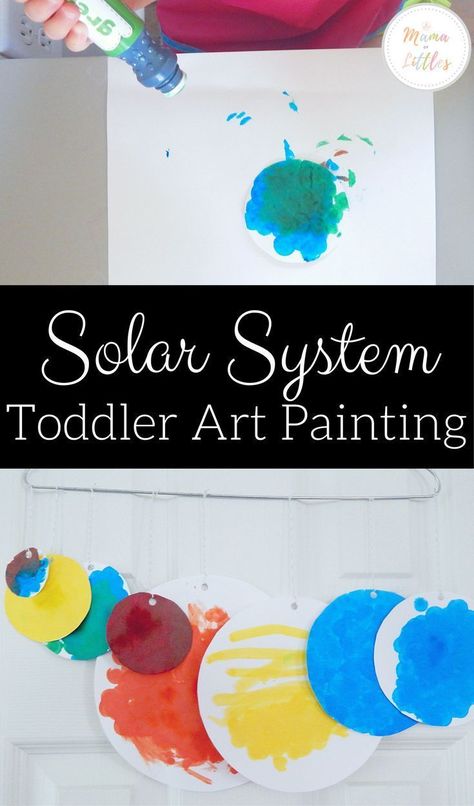
Creativity at school age (6–12 years old)
Ages 6 to 12 are ideal for creative activities. The motor skills of the child are already quite developed, and he is well controlled with any tools and materials. Drawing, music, construction, dancing, theater, storytelling - everything is subject to him!
The task of adults is to create conditions so that the child can try himself in all kinds of creativity that he likes. Remember: he must like what he does. Do not put pressure on him, and he will take on new projects with optimism and confidence.
Creative activities for young photographers
Children aged 6-12 love taking pictures! Collections of original shots can be saved, made into collages, and used for other creative projects.
Source
You will need:
- Camera
Give your child a task: find and photograph objects of a certain color or places of interest. He can choose the theme for his pictures and make his own collection of photos.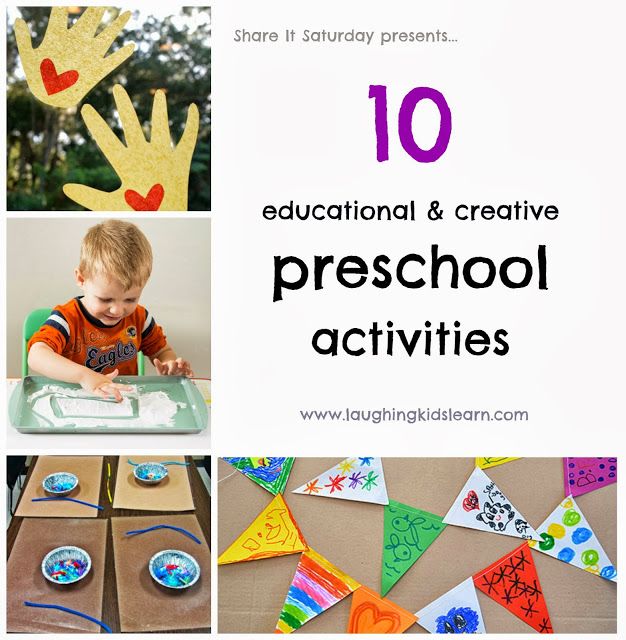 To get you started, here are six topics for photo finds.
To get you started, here are six topics for photo finds.
1. Colors . The child chooses a color or color combination and takes pictures of interesting objects of the same color that come across to him.
2. Nature . Plants, animals, water, sand, clay, puddles - the list is endless. Let the child capture all the most beautiful things in nature.
3. Places . Just take a closer look at the most familiar things: buildings, sidewalks, hills, villages, schools, playgrounds, auto repair shops, supermarkets, banks... Is it possible to photograph all this in an original way? Maybe from close range or far away?
4. Friends . It can be people or four-legged friends. Invite your young photographer to take some pictures of your friends in unusual situations and try to capture their actions, movements, facial expressions.
5. Toddlers . Babies and baby animals are the perfect subject for photography: they sleep, play and move in a completely different way than adults! Encourage your child to take pictures of babies or baby animals in the yard, at the zoo, or in the countryside.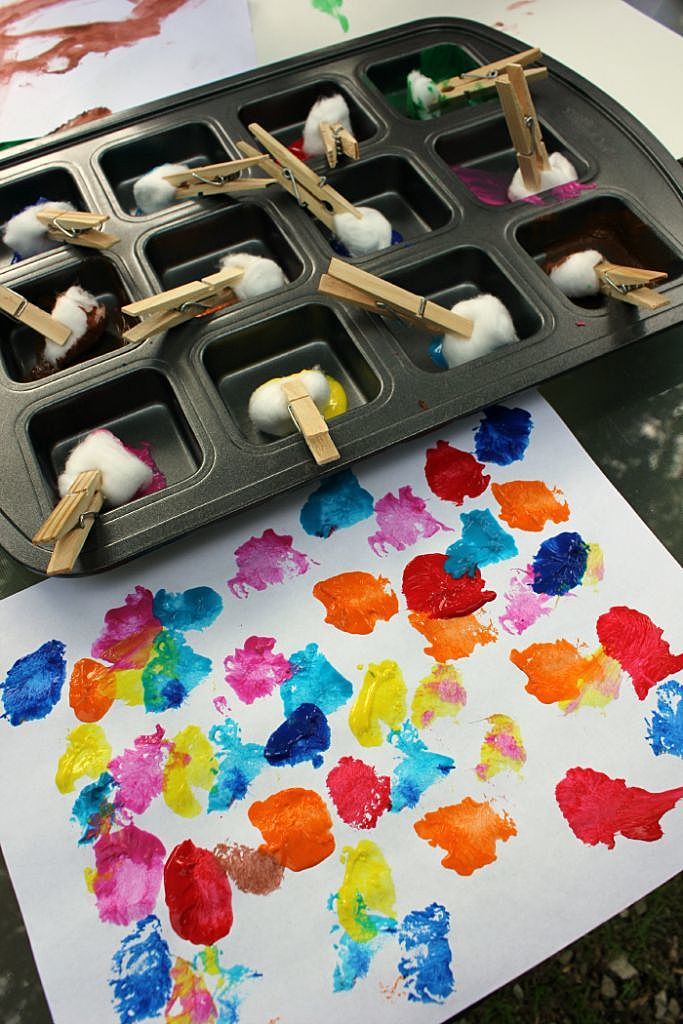
6. funny photo . Can your young photographer catch strangers (and acquaintances) or your pet in funny situations? Or take a picture of you laughing heartily? (Maybe your photographer would like to collect a whole collection of pictures of laughing and smiling people.)
Strange Familiar Tales
This is a very fun and useful exercise for developing the imagination.
Source
You will need:
- Paper and pencil (or computer and printer)
We choose one of the classic fairy tale plots and come up with a new denouement! We write it down or tell a new story aloud.
Classic fairy tales to remake:
- Snow White
- Wolf and Fox
- Ugly duckling
- Geese-swans
- Cinderella
- Puss in Boots
- Beauty and the Beast
- Little Red Riding Hood
- The Princess and the Pea
- Sleeping Beauty
- Three Bears
- Three Little Pigs
- The Frog Princess
Cardboard Robot
Gather the supplies and let your child feel like an innovator robot builder! Robots can be painted in different colors, painted with unusual patterns, and even give them different facial expressions.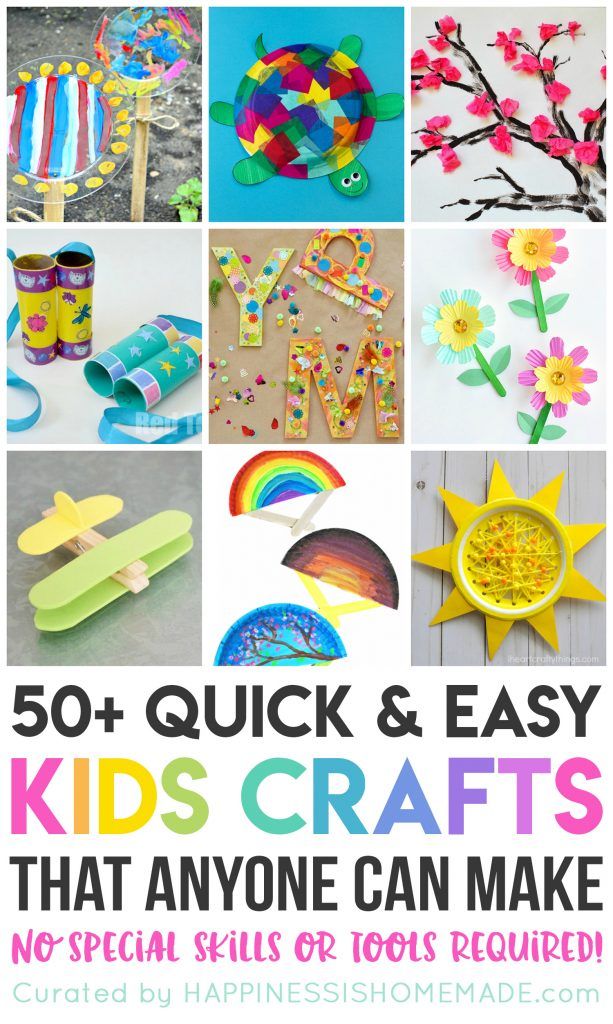
Source
You will need:
- Various sizes of cardboard boxes (small, medium and large)
- Various types of tape and electrical tape - plastic tape, packing tape, transparent tape
- Scissors
- Possible, but optional: toilet paper rolls, plastic bottles, plastic cups, bottle caps, egg cartons, markers, glue, fluffy wire
This is a co-creation project: make your own cardboard robot from the suggested materials. (Older children can work on their own.)
The project is challenging and trial and error, but it helps children learn how to find the best solutions and put parts together in the most efficient way.
Keep a positive attitude, remember that the main thing in any business is the pleasure of the process itself, and be ready to help correct small design flaws.
Based on the book "500 Ideas for Creative Development"
Cover of the post from here
benefits of creativity for children.
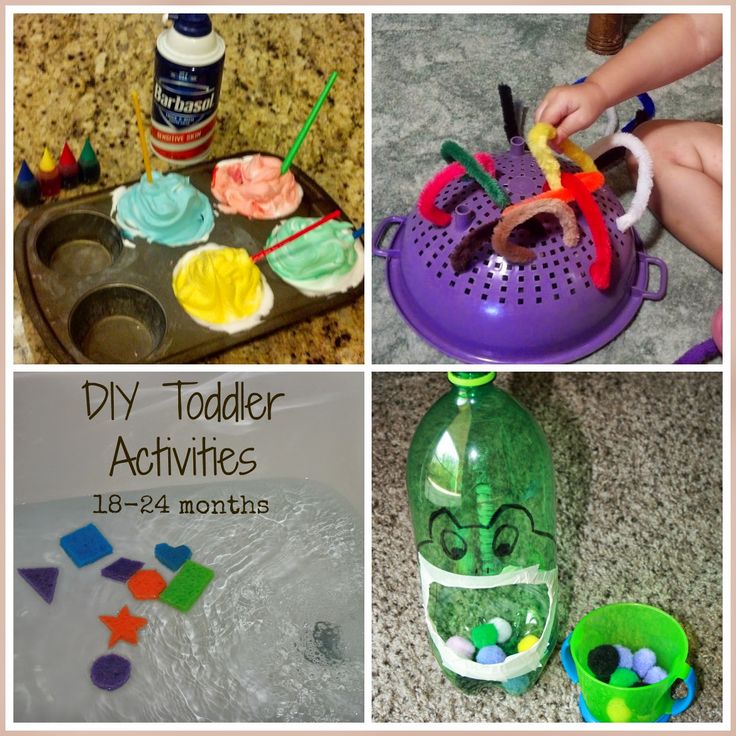
The development of a child is a continuous process, which is helped not only by educational games and books. Children benefit greatly from creativity, which they can do with their parents or even on their own. In this article, we will talk about the benefits of creativity for toddlers and preschoolers, as well as offer some ideas for creative activities with a child at home.
Content
- What is Children's Creativity
- The benefits of creativity for the development of a child
- Types of children's creativity
- Drawing with children
- Model with children
How to introduce a child to creativity
What is children's creativity
Children's creativity is a kind of activity as a result of which the child expresses himself and creates something new and unique.
When an adult is engaged in creative work, as a rule, he is result-oriented. It is important for him what will happen in the end when the process is over.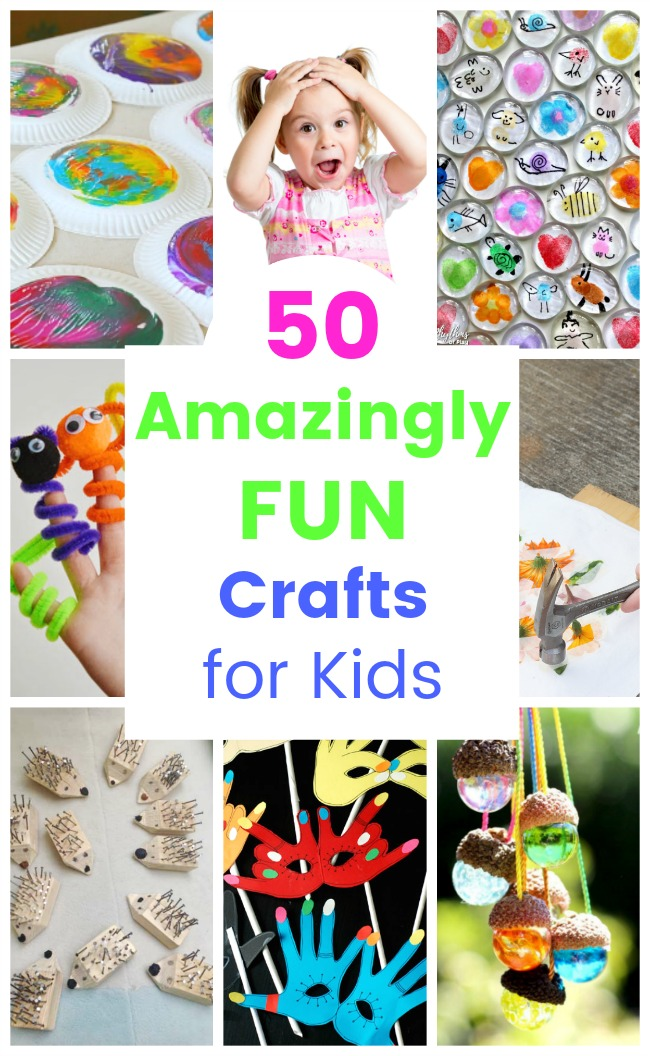 For a child, the creative process itself is more important, during which his personality develops harmoniously and comprehensively.
For a child, the creative process itself is more important, during which his personality develops harmoniously and comprehensively.
The benefits of creativity for the development of the child
- Every day brings a child a lot of impressions and new discoveries. Emotions and feelings overwhelm him, fantasy and imagination work very well. Creativity helps this energy find an outlet.
- Creative activities help the child to express himself and to know himself.
Fine motor skills of hands develop: while the baby draws, babbles and weaves, he actively works with his fingers. This prepares his hands for writing, when it will be necessary to draw the hooks first, and then write letters and words. - When you create art with children, you help them develop important social skills from an early age and teach them how to work in a team. And for you, this is an opportunity to communicate with your baby and learn something new about him.
- During drawing, appliqué and modeling, the child can be introduced to colors, sizes, shapes and geometric shapes in practice.
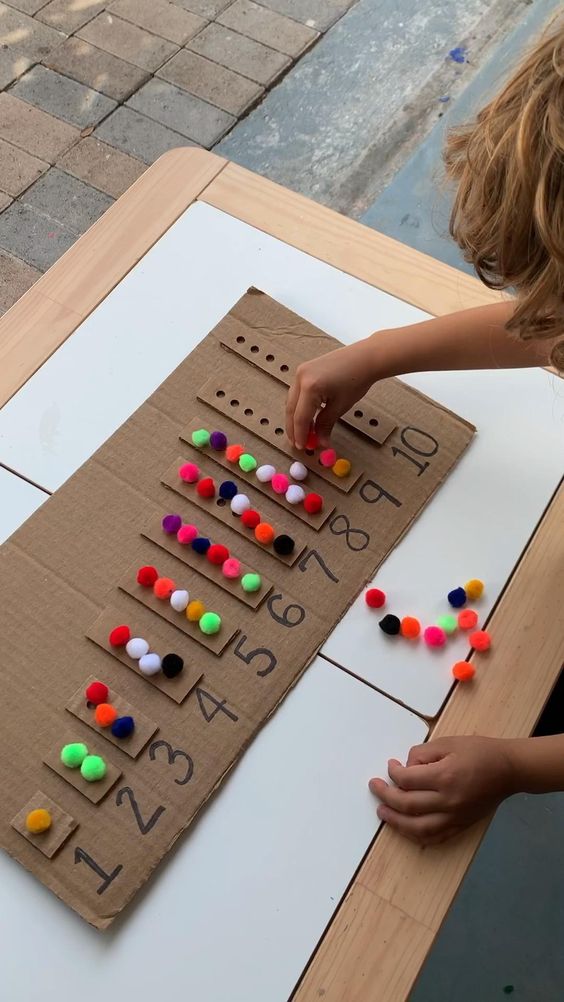 So new information will be remembered better than through stories from books and cards, when the child is a less active participant and listens to his parents.
So new information will be remembered better than through stories from books and cards, when the child is a less active participant and listens to his parents. - When you notice the results of creativity, encourage the child's desire to create, your moderate praise has a positive effect on the child's self-esteem and increases his confidence in himself and in his abilities.
- Children are not afraid to create something new, to create something unusual and non-standard. The creative development of a child in childhood may form the basis of some great discovery or invention in the future.
Kinds of children's art
Drawing with children
Finger painting . Already from the age of 6 months, you can introduce the child to creative activities. Finger paints are best suited for this, which you can purchase at the store or make your own.
These are special paints that do not contain toxic substances hazardous to health, because they contain food coloring. Therefore, if the baby wants to taste them, then it will be safe for his health. And for parents, these paints are good because they are easily washed off clothes and washed off furniture.
Therefore, if the baby wants to taste them, then it will be safe for his health. And for parents, these paints are good because they are easily washed off clothes and washed off furniture.
During creative activities with paint, it is better to put on an apron for the child, and put a rug or oilcloth under the sheet. This will make it easier to clean up after yourself. At first, you can offer the baby paint of only one color. Do not give the whole jar, put a little on the palette or in the lid.
At first, the child can simply get acquainted with the new material, touch the paint, smear it on the palms, clench and unclench the fists. And this is also excellent, offer to print a finger or palm on paper and watch. The first lessons can take no more than five minutes, which is natural for kids.
Drawing with pencils and crayons . These tools are also suitable for the first creative activities, when the child is just trying to leave marks on a blank sheet of paper without pursuing a specific goal.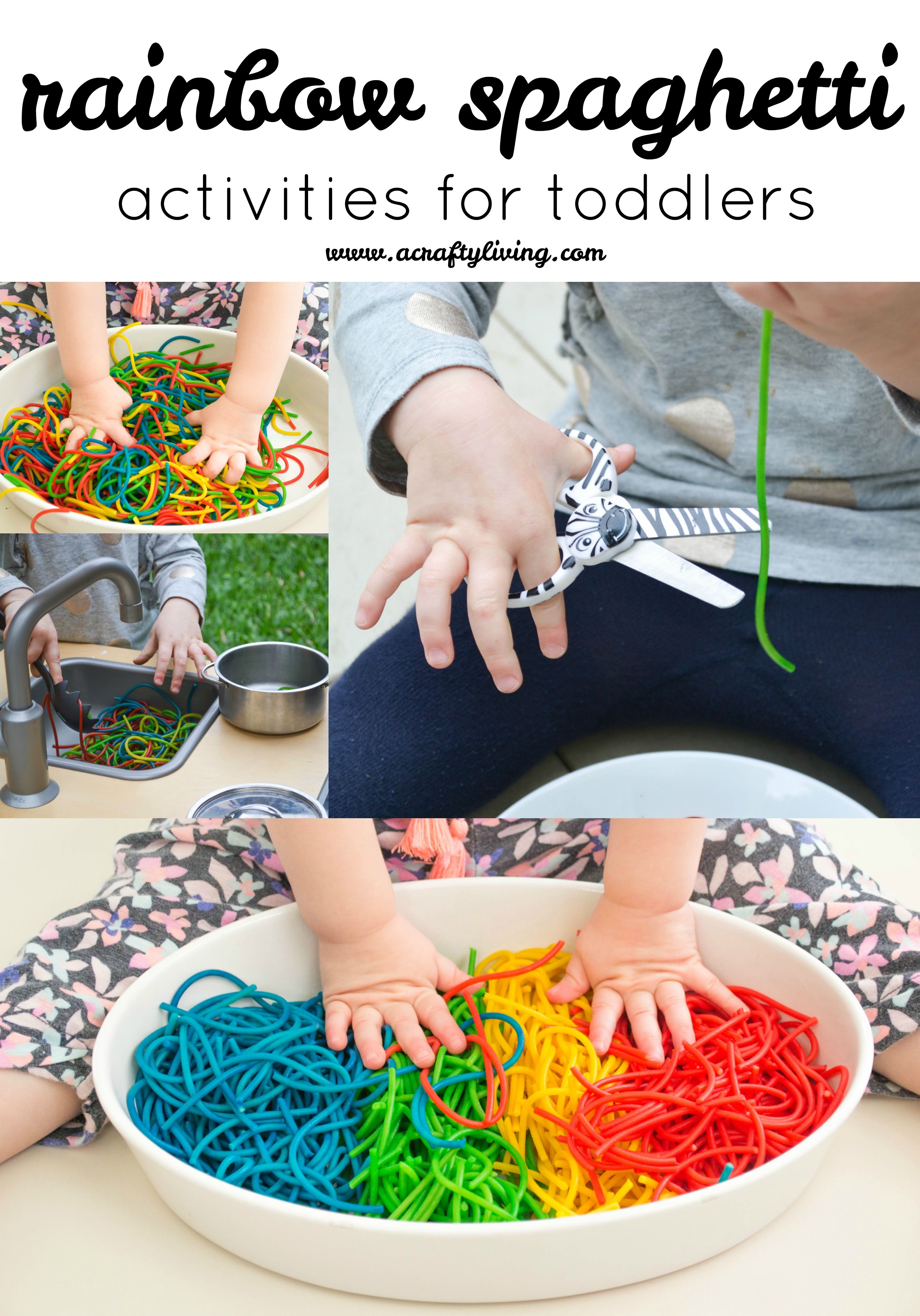 However, pencils and crayons will require extra effort from the baby before they leave noticeable lines. So the motor skills of the hands develop more actively than when drawing with felt-tip pens.
However, pencils and crayons will require extra effort from the baby before they leave noticeable lines. So the motor skills of the hands develop more actively than when drawing with felt-tip pens.
Brush painting . Brushes also give a lot of room for creativity. Show your child how you hold the brush and how you pick up paint on it. Explain that the brush must be washed in a special glass when you want to take a different color.
Both gouache and watercolor are suitable for brush painting. If gouache almost does not require water and leaves a rich pattern on a sheet of paper, then watercolor with the help of water turns into light translucent images. You can introduce the child to any of these colors and invite him to leave color marks with a brush.
Ways to draw with a brush for children:
- Dots. The brush must be dipped in paint, and then leaned perpendicularly to the sheet. You can give free rein to the imagination and imagination of the baby, or you can offer to draw something specific in this way: leaves on a tree, berries on a bush, grains for chickens, etc.
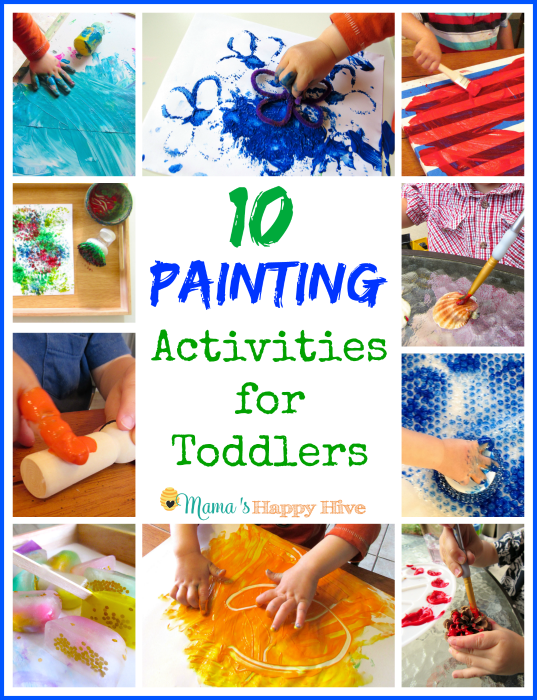
- Strokes. To get a smear, you need to lean the brush against a sheet of paper and draw a little. With this technique, you can draw whole pictures, or you can paint something.
- Sketch completion. If you draw the outlines with a pencil in advance, then the child will be able to paint your sketch with paint.
- Imprint technique. Fold the sheet in half, and then slightly wet it with water using a brush. Invite your child to draw something on only one half of the sheet: the autumn crown of a tree, a butterfly wing, etc. Then let the child fold the sheet in half, as at the very beginning, and unfold it. Get an unusual picture.
Stamp drawing . This is a very simple technique that is suitable for the first creative activities, because it does not require much effort. Anything can be a stamp: sponges, half a potato or lemon, the bottom of a bottle, a leaf of a tree, etc.
Waxing and painting . Another interesting technique is waxing and developing a colorless pattern with paints.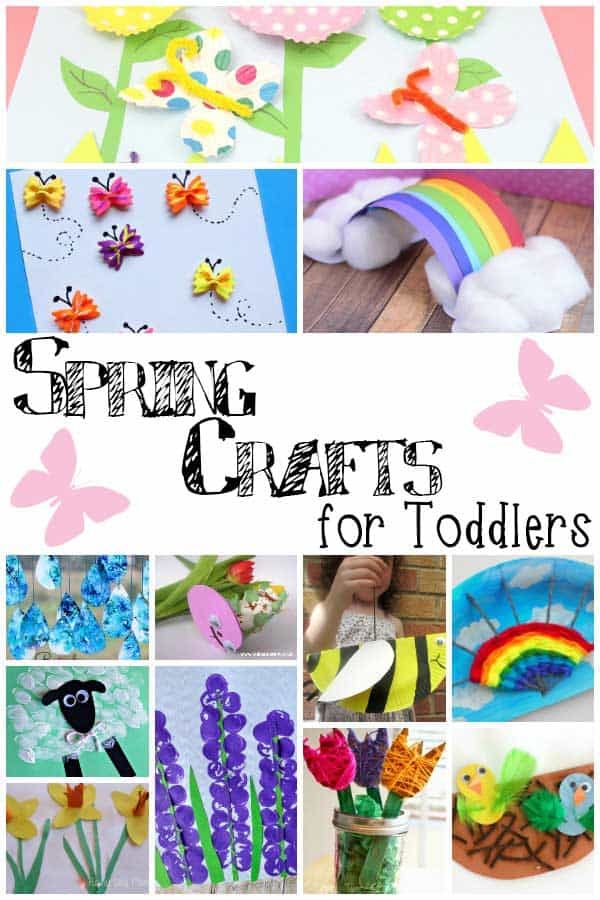 On a white sheet of paper, have your child draw a secret message for you using a piece of wax candle. And then show how you will decipher his message with the help of paints. Switch roles and encrypt something for the baby.
On a white sheet of paper, have your child draw a secret message for you using a piece of wax candle. And then show how you will decipher his message with the help of paints. Switch roles and encrypt something for the baby.
Sculpting with children
This type of creativity is beneficial for the development of tactile perception, spatial thinking, fantasy and imagination, attention and concentration. And in parallel with fine motor skills, thanks to the active work of the fingers, the speech development of the child takes place. During modeling, kids learn colors and shapes, get acquainted with the concept of weight.
You can sculpt from the following materials:
- Plasticine (for the little ones it is better to choose a special children's plasticine, which is softer than usual).
- Dough.
- Clay.
- Modeling paste.
- Modeling compound.
During the first modeling lessons, it is better to introduce the baby to the dough or soft plasticine.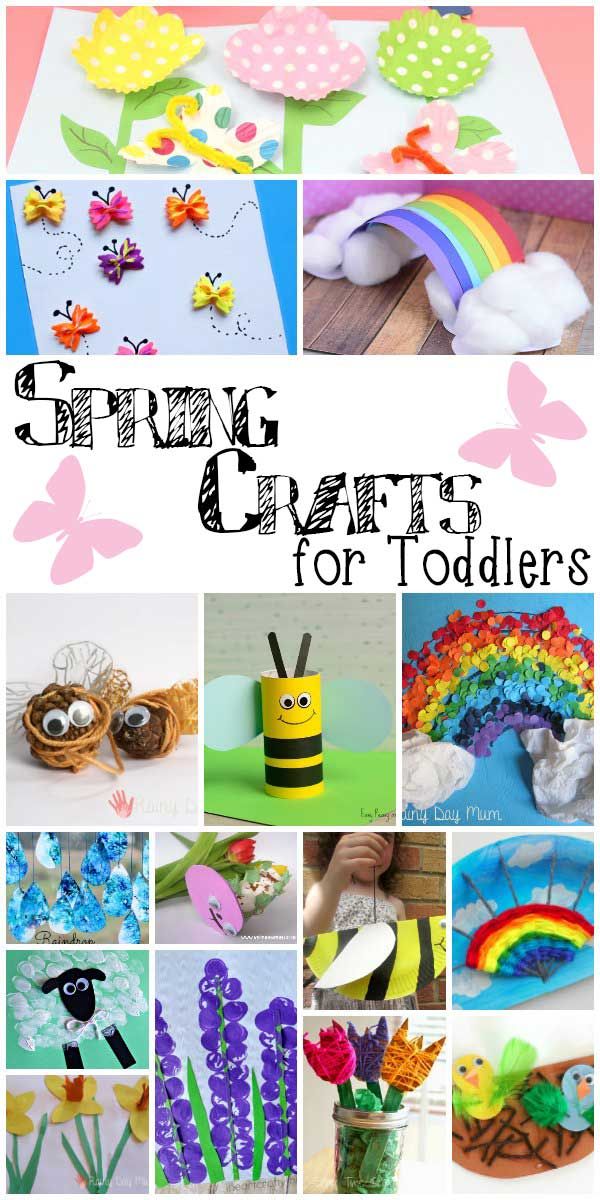 To begin with, it is enough to interest the child and teach how to crumple plasticine and tear off pieces. Then you can show how to roll the balls between the palms, and how to roll the sausages on the table.
To begin with, it is enough to interest the child and teach how to crumple plasticine and tear off pieces. Then you can show how to roll the balls between the palms, and how to roll the sausages on the table.
Sculpting ideas:
- Use a rolling pin or rolling pin to roll out clay and use cookie cutters to cut out shapes.
- Leave stamps on plasticine pieces. Even natural materials can become stamps: leaves of trees with large veins or cones.
- Mix colors together to get new shades.
- Use a dull knife to cut small pieces from large ones.
- Draw: prepare a template drawing and fill it with plasticine drops and strokes.
Appliqué with children
The main benefit of creative appliqué for children is that they learn to memorize and perform a certain algorithm of actions: cut it out, spread it with glue, turn it over and press it to the base.
To create an applique your child will need:
- Scissors.
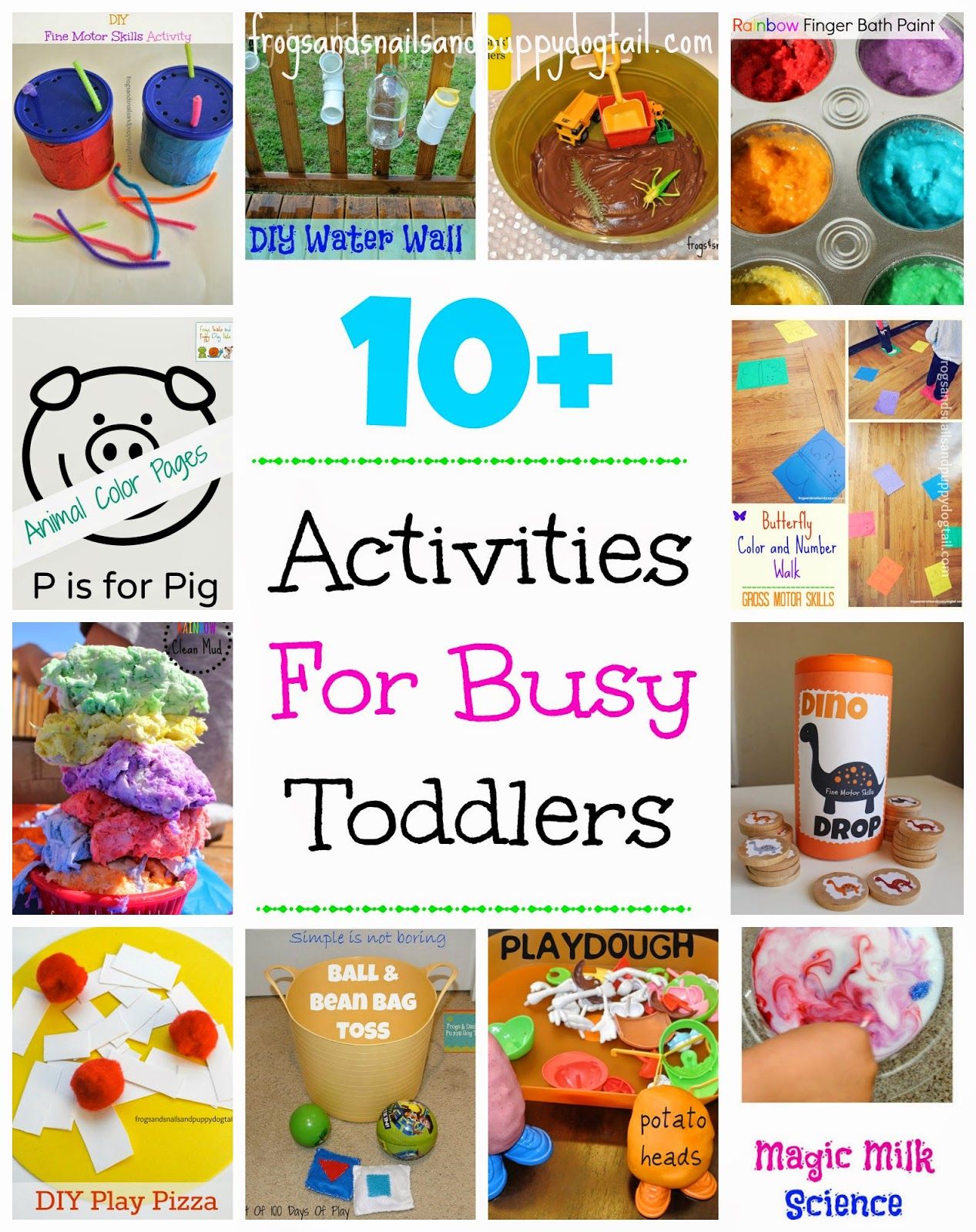
- PVA glue or glue stick.
- Colored paper.
- Cardboard or drawing paper as a base.
- Napkin.
- Brush.
- Carpet or underlay.
Children are very interested in the gluing process itself, so the first works can be generally abstract: stick pieces of paper, geometric shapes, stripes. Then move on to simple pictures, where every detail will have its place.
Various cereals can be used for variety. They will replace pieces of colored paper for you: you can depict the sun with millet, a cloud with rice, a snowman with semolina, etc.
Sewing with children
Children over the age of 2 can be introduced to a dull needle and thread. To do this, you need thick cardboard cards with holes along the contour of a geometric figure. First, you will show your child how to push the needle into the hole and pull it out the other side of the card. Repeat the action, draw the child's attention to the resulting stitch and invite him to continue on his own.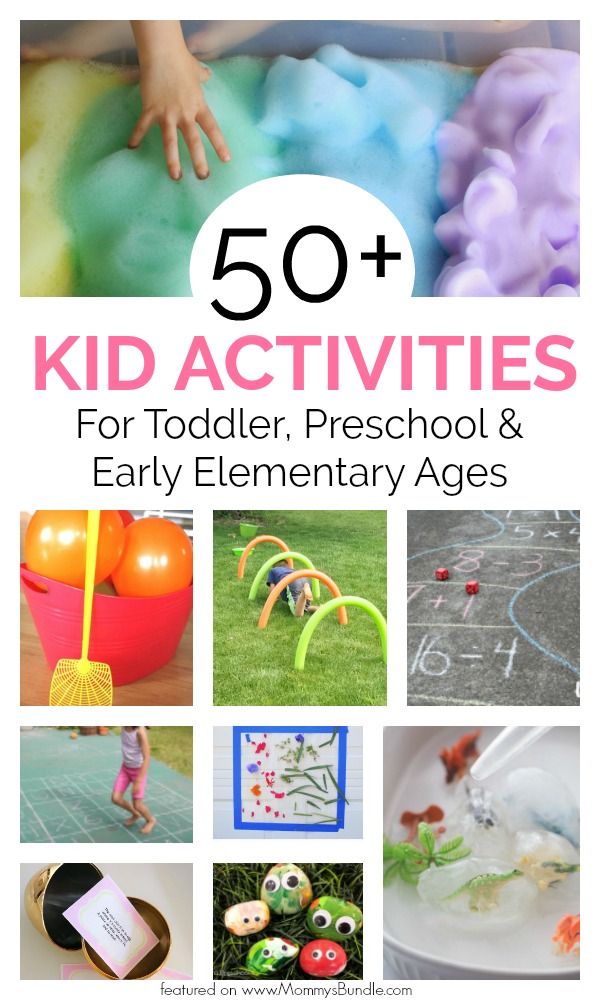 At the end, cut the thread and tie a knot.
At the end, cut the thread and tie a knot.
Musical creativity
Children may also be especially interested in music. This is also one of the types of children's creativity that you can do with preschoolers at home. You can sing songs, or you can play musical instruments.
Musical instruments suitable for toddlers and preschoolers:
- drums;
- bells;
- tambourines, tambourines;
- guiro;
- bells;
- xylophone;
- castanets;
- maracas and clappers;
- triangles.
For music lessons and musical games, the Montessori method proposes to organize an environment accessible to the child, where there will be a few simple musical instruments for independent testing of the game and for following the example of an adult.
How to involve your child in creativity
In order to introduce your child to creativity, the Montessori Method offers a convenient environment for creative activities and a step-by-step presentation of materials for children.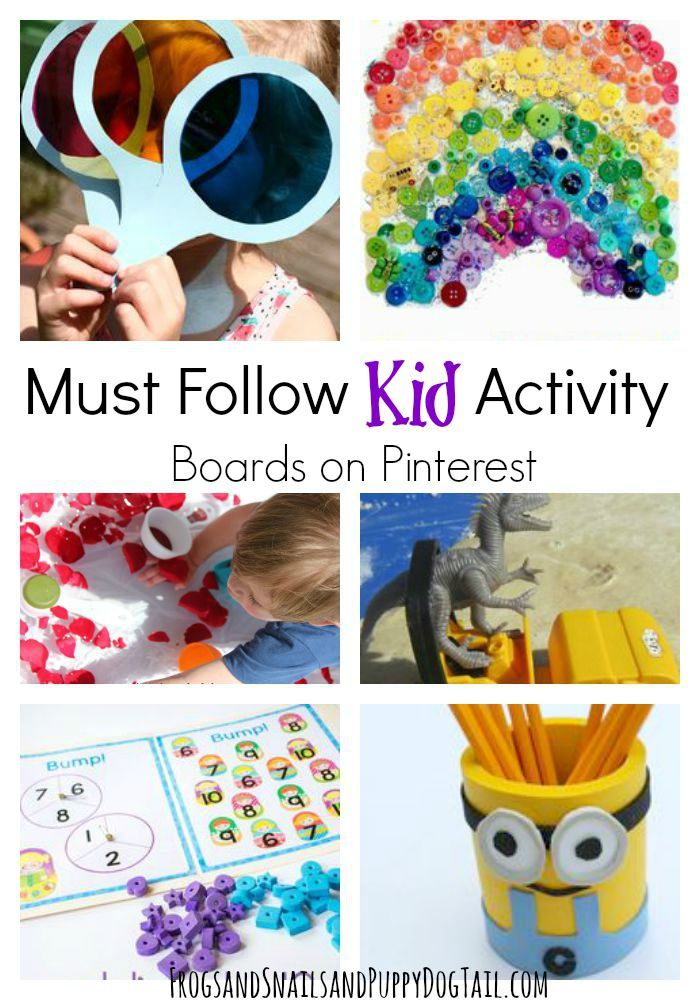
Set aside a space for creativity in the room, where you place a small table and chair appropriate for the child's height and an easel. Place materials in baskets or spread out on trays and put 2-3 on open shelves accessible to the child. Also in the creative zone there should be cleaning tools: a sponge for spilled water, a rag.
At the beginning of the activity, have your child put on an apron and show him where to get a basket of art supplies. Demonstrate the progress of the work and give the initiative to the child. When the kid finishes the lesson, tell him how and where to put away the materials and put the creative zone in order.
The first creative lessons with a child can last literally 3-5 minutes, but the time will gradually increase with age. If the child starts to get nervous, scatter materials, dirty furniture - help him clean up after himself and offer to do other things.
In order for children's interest in creativity not to fade away, it is important to support it in every possible way: offer different types of creativity, look for new ideas for classes together, attend concerts and exhibitions and let your child enjoy the process of creating something new and beautiful.